Made in America Series: 2003
Artist’s Statement
“In the past, my artworks rarely addressed actual places. Rather, they were recollections – amalgamations of years of looking at the American industrial landscape. One of my earliest childhood memories is of riding past the steel mills and refineries of Gary, Indiana, during a very gray, autumn dusk. As a child, the images of those mills frightened, but also mesmerized me, and they pleasantly haunt and inspire me to this day. For most of my career, the places I created existed only in my mind, yet many held real identities that were strong enough to suggest that the places portrayed might be just down the road, around the corner.
Made in America is an apt title for this exhibition, because from my perspective the making of America has always been and will hopefully remain a great work in progress. But, I have noticed that as a nation, we generally overlook, or worse, we never even consider that America was actually made somewhere – and that it was made through invention and innovation applied on a colossal scale. Most certainly, it was made with the blood and sweat of millions of workers – many like my Hungarian grandfathers, came here to build better lives and breathe the clean fresh air of freedom, even if it was tinged with coal dust and smoke. The poet Carl Sandburg, called them “Lives proud of what they made with their hands”. They invested their lives in the workplace.
What is of great concern to me is that over the 30 years that I have been observing the American industrial landscape, many of the places that have regularly inspired me, are vanishing, and at a rate far faster than anyone imagined. I recently heard serious speculation that in less than 50 years, the majority of the industrial sites that have served as the icons of our industrial age will have disappeared. Places like Ambridge and Homestead have been dismantled. The signature and monumental structures they produced which define our great urban vistas still remain, but without a real history of where they were made.
The urgency engendered by the rapid demolition of the American industrial landscape led me to seek more efficient means of capturing and generating my images, most notably, the digital camera and the computer. I simply consider them another canvas and paint brush – new electronic tools of my trade. I continue to reconstruct my images using traditional media but with these new tools a sense of site specific places has gained a special status and importance in my art.
Over the years I have photographed many industrial locations, primarily for resource material – shapes, forms, surfaces – and generally from the vantage points most of us experience these places, which is driving by, outside the walls and fences. I have always been fascinated by the way factories are situated on the landscape. In places like the Cleveland Flats and Bethlehem, PA they are the landscape. I am still intrigued by and drawn to the efficiency of form following function that is the hallmark of industrial architecture. It is efficient, but it is also quite beautiful, especially in its details – rivets, welds, corrugation, I-beams, safety plate and rust – always rust.
Yet, one cannot pass these places without wondering what goes on inside. In the past I have been fortunate enough to gain access to working mills – the melt shops, rolling mills and finishing facilities of the former ARMCO Steel Works in Butler, PA and Mansfield, OH. Those were profound experiences, but they have been surpassed by my introduction to The Steel, as the integrated mill facility in Bethlehem was commonly known.
In 2003, with the support and encouragement of the National Museum of Industrial History, I was given access to document the remaining 163 acres of the Bethlehem Steel Works. The result was a singular event for me, both artistically and personally. Even though the site is silent, it is incredibly rich visually and can not be experienced without eliciting deep emotional responses.
As it happens, my wife Diana and I shot our last photographs of the Bethlehem Works on April 20, 2003. Two days later, after nearly 150 years of making steel, the Bethlehem Steel Corporation ceased to exist. While the furnaces are cold and the workers no longer stream through the gates, an overpowering spirit lives on in this place. One can almost hear the roar of the furnaces and see the fire and smoke fill the air. The clamor of the mills and shops still resonates. There is no doubt that something important happened here – something every American should see – the place where America was made.”
Janos Enyedi, 2003
excerpted from Made in America, catalog.
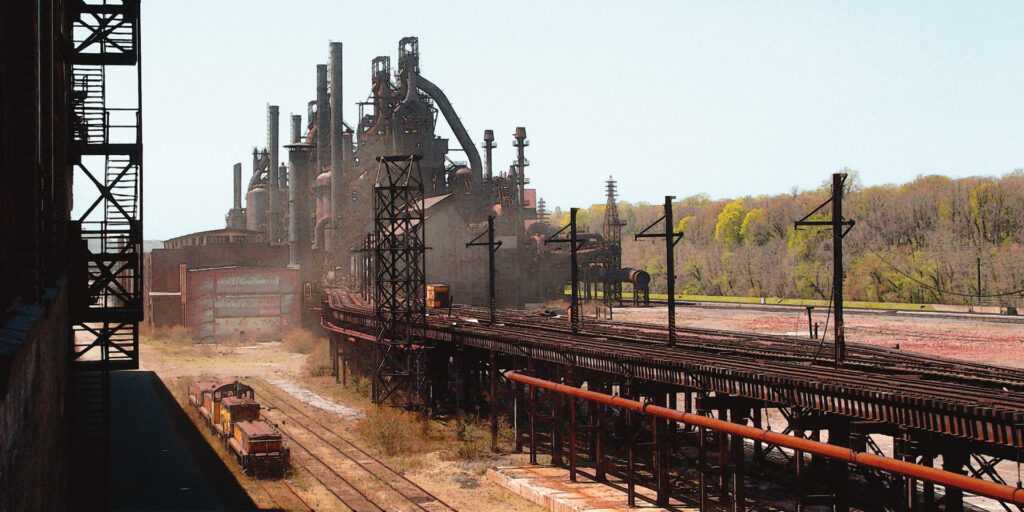
Looking Out of No. 2 Machine Shop Toward the Furnaces, 2003
Digital Print
H. 40” L. 80”
Study for Time Line, 2003
Digital Print, acrylic, enamel on illustration board
H. 10.5” L. 8” D. 17”
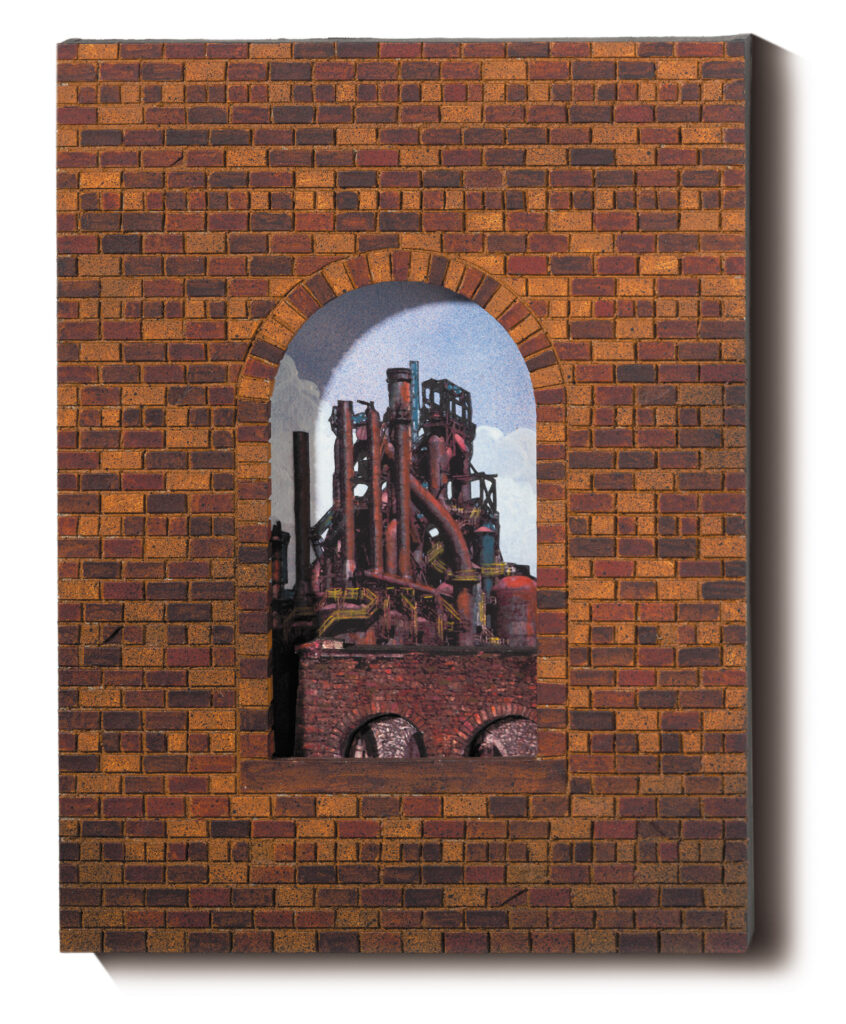
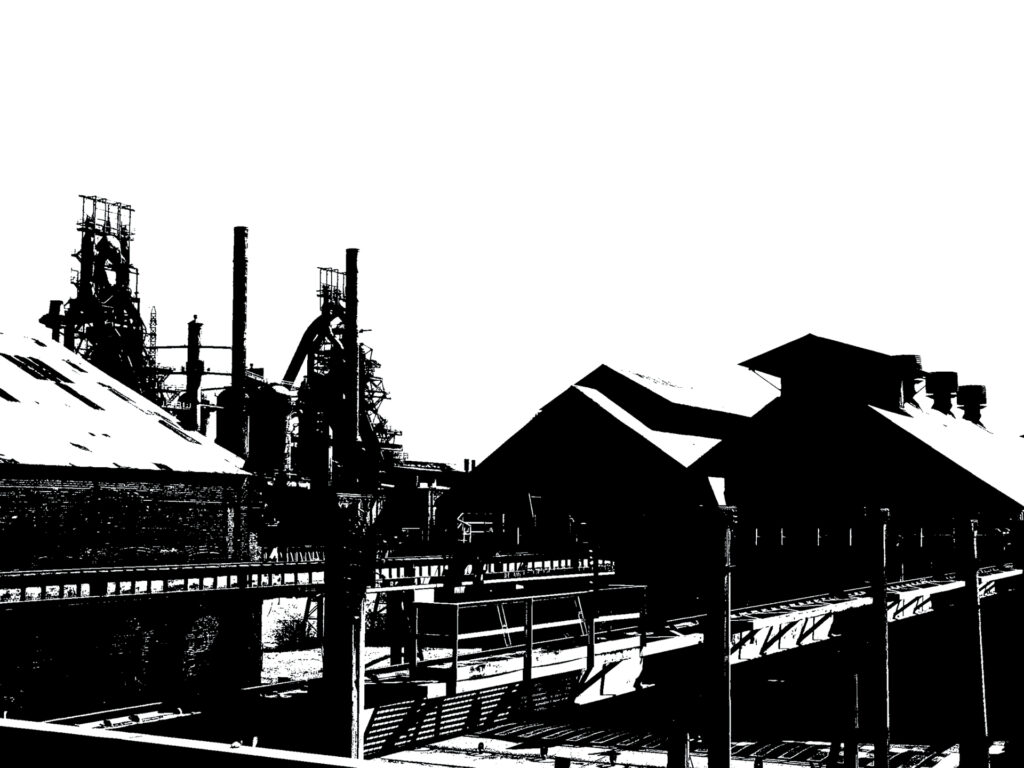
The Steel, 2003
Digital Print
H. 11” L. 18”
Switching Locomotive (For Francis & Diana), 2003
Digital Print
H. 30” L. 18”
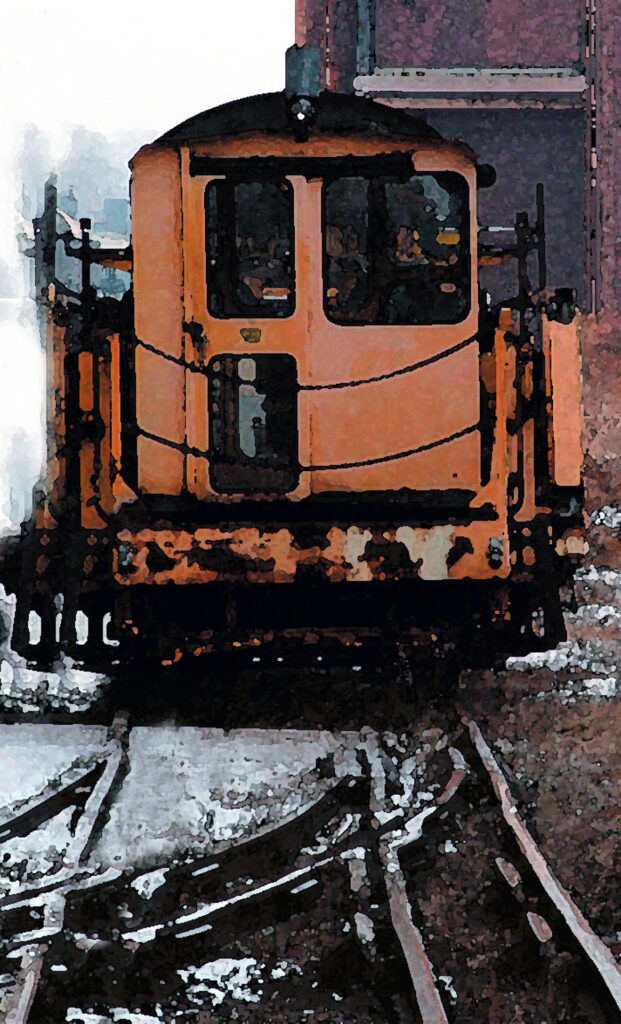
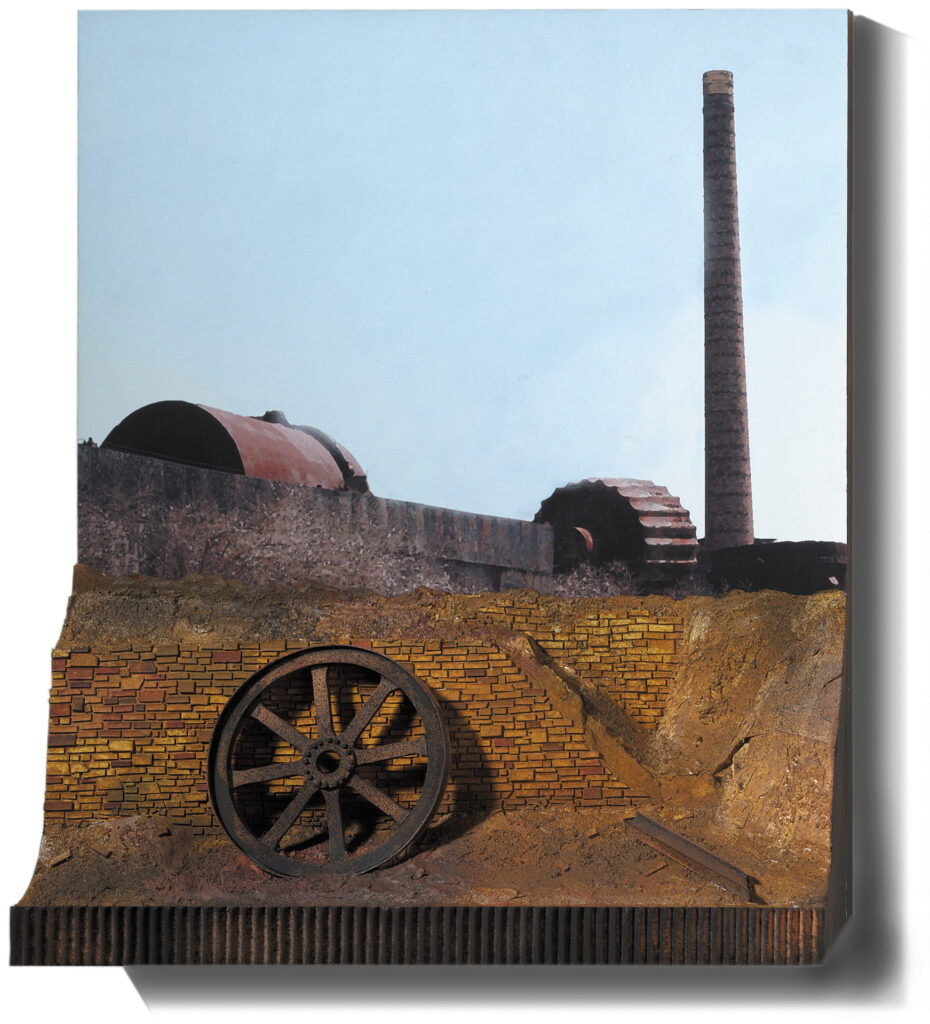
Study for Bethlehem Souvenirs, 2003
Digital Print, Acrylic, enamel on illustration board
H. 18” L. 15.25” D. 4”
Slag Car, 2003
Double Digital Print
H. 22.25” L. 30”
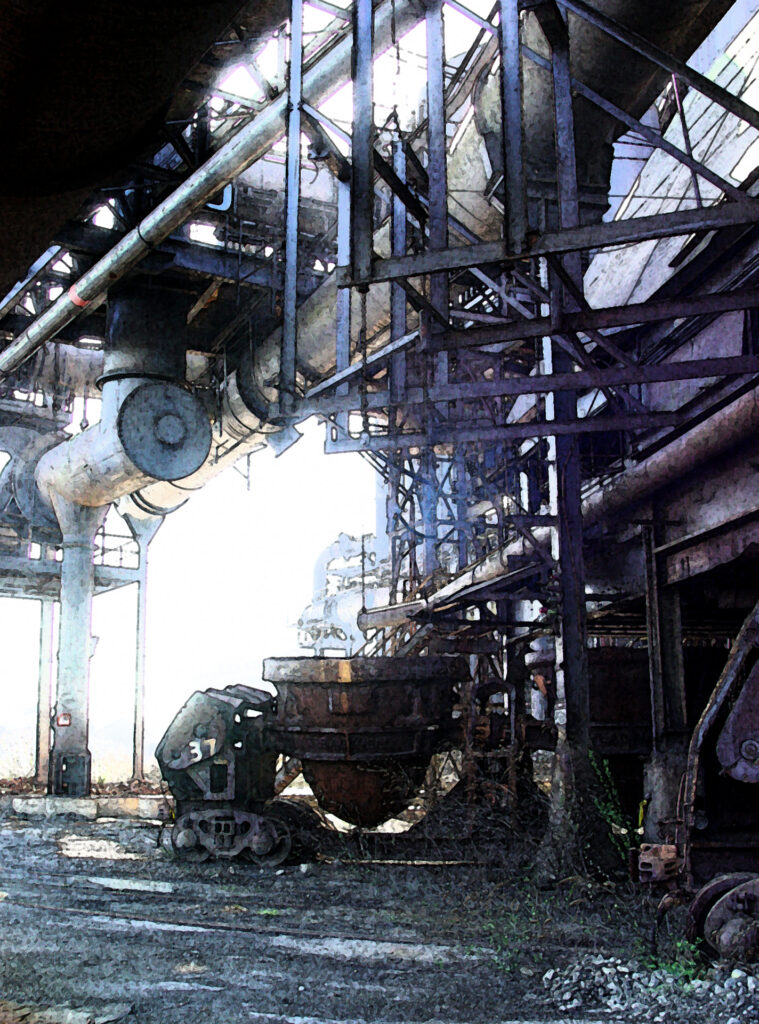
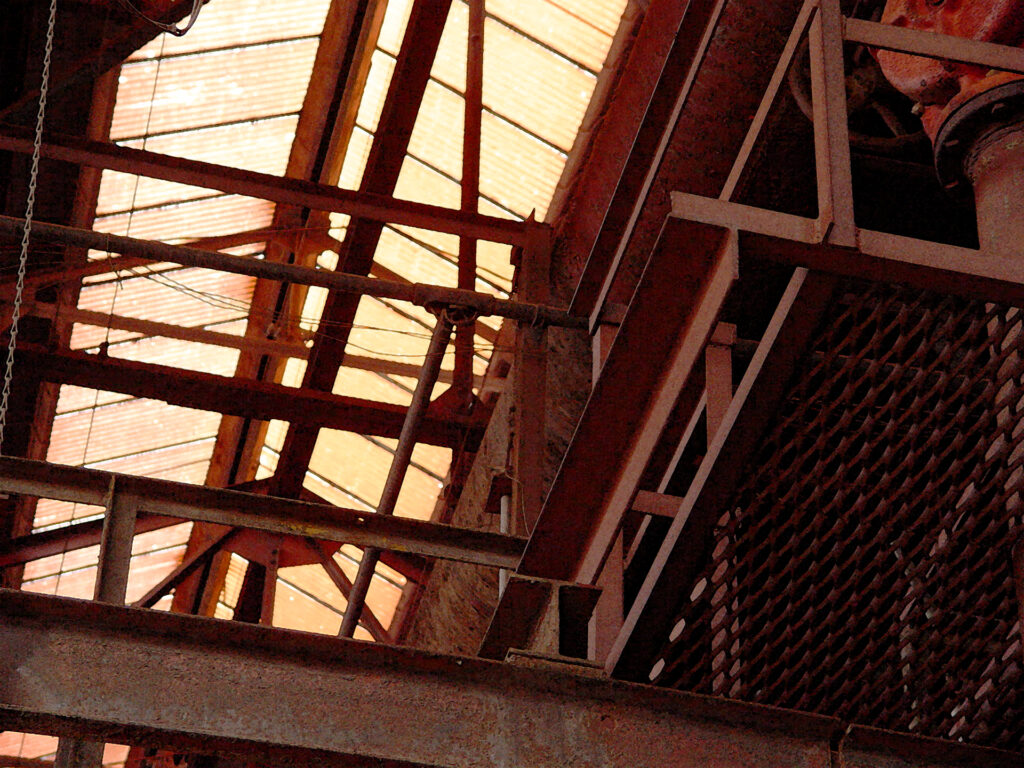
Skylight, 2003
Digital Print
H. 30” L. 12.5” D. 1.75”
Sinter Mill – Night View, 2003
Digital Print
H. 7.75” L. 18”
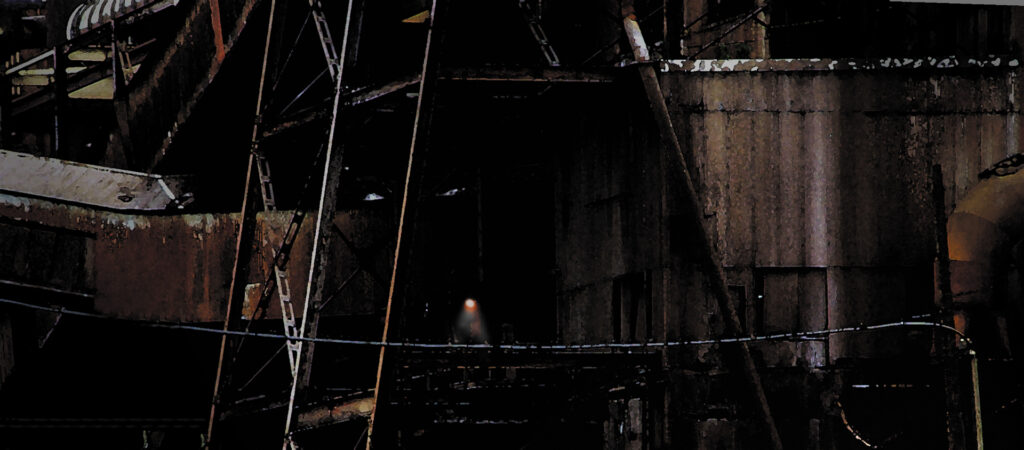
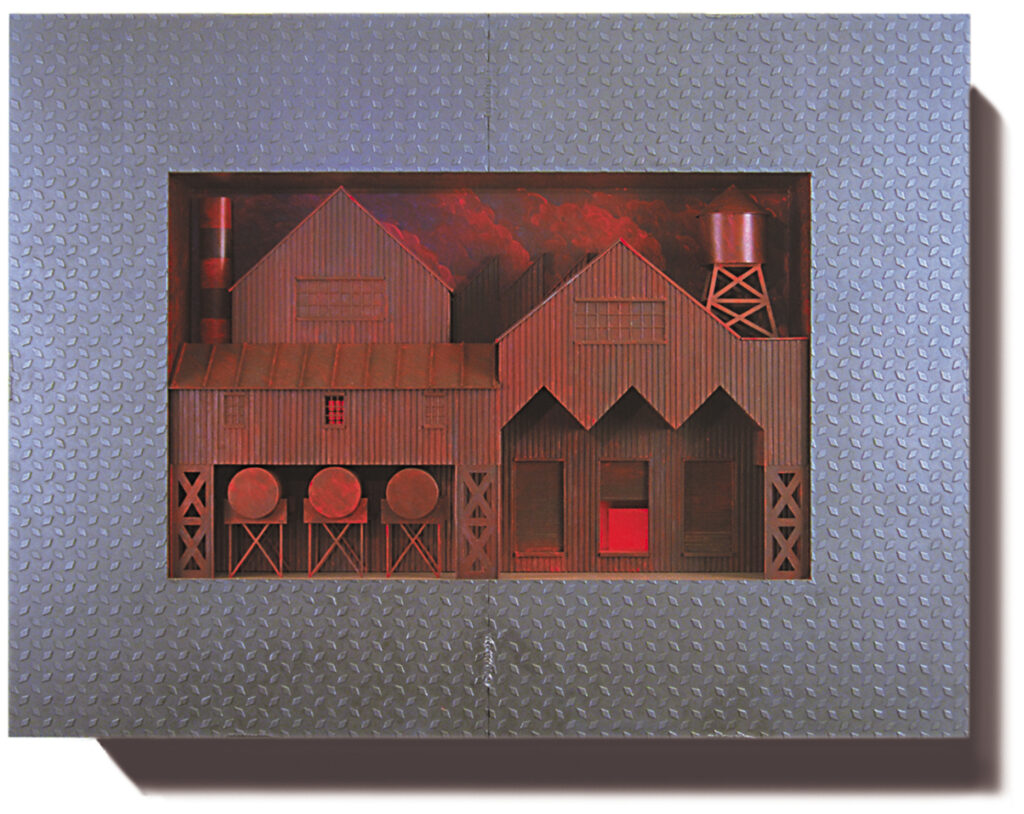
Red Factory, 2001
Acrylic on Illustration Board
H. 40” L. 60” D. 9.5”
Quiet Mill, 2003
Digital print, Enamel on illustration board
H. 28.5” L. 37.5” D. 4.75”
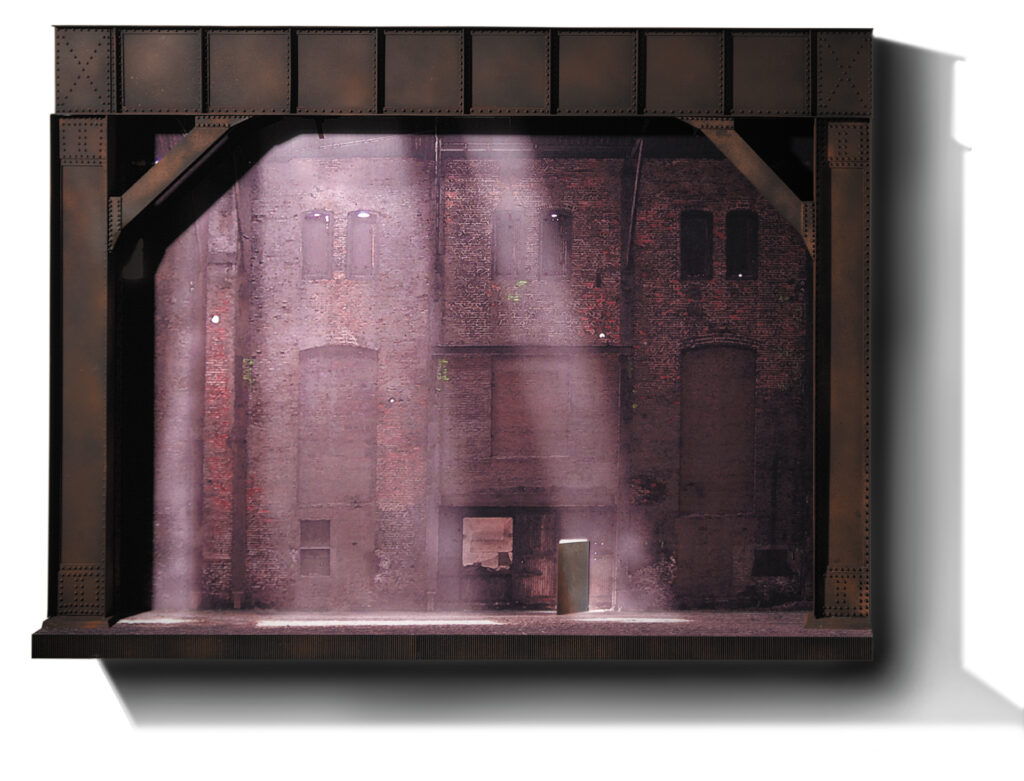
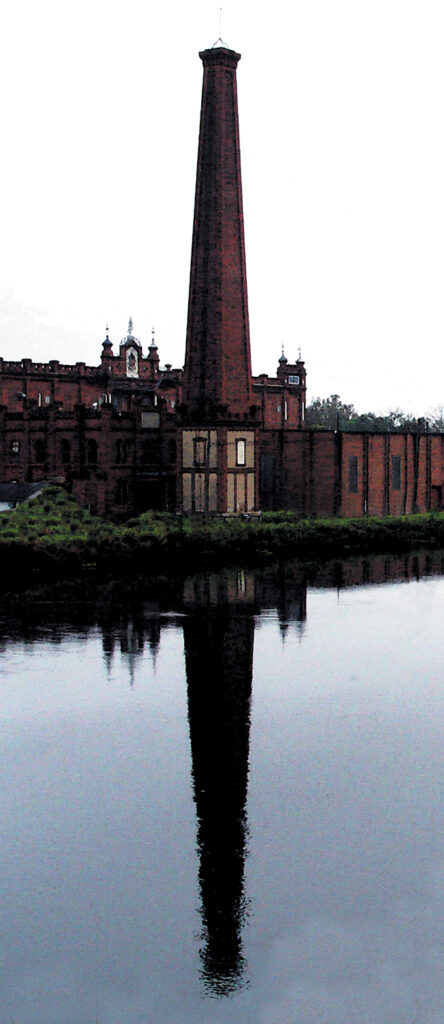
Industrial Augusta Stack – Confederate Gunpowder Factory, 2003
Digital Print
H. 18” L. 7.75”
Original Factory, Bethlehem, PA 2003
Digital Print
H. 3” L. 7”
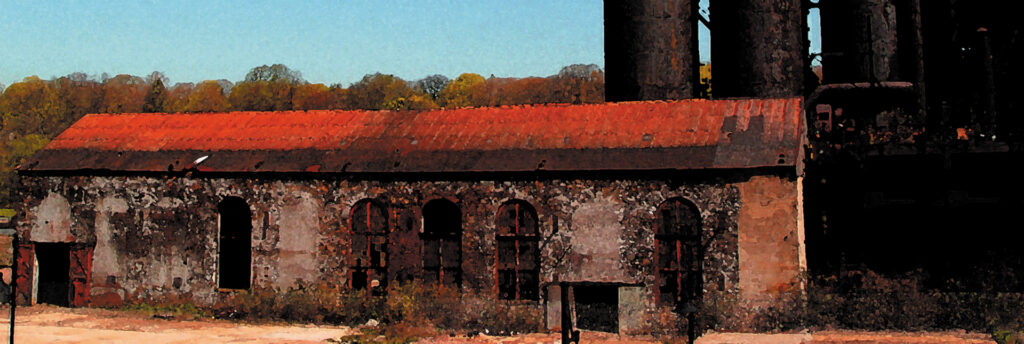
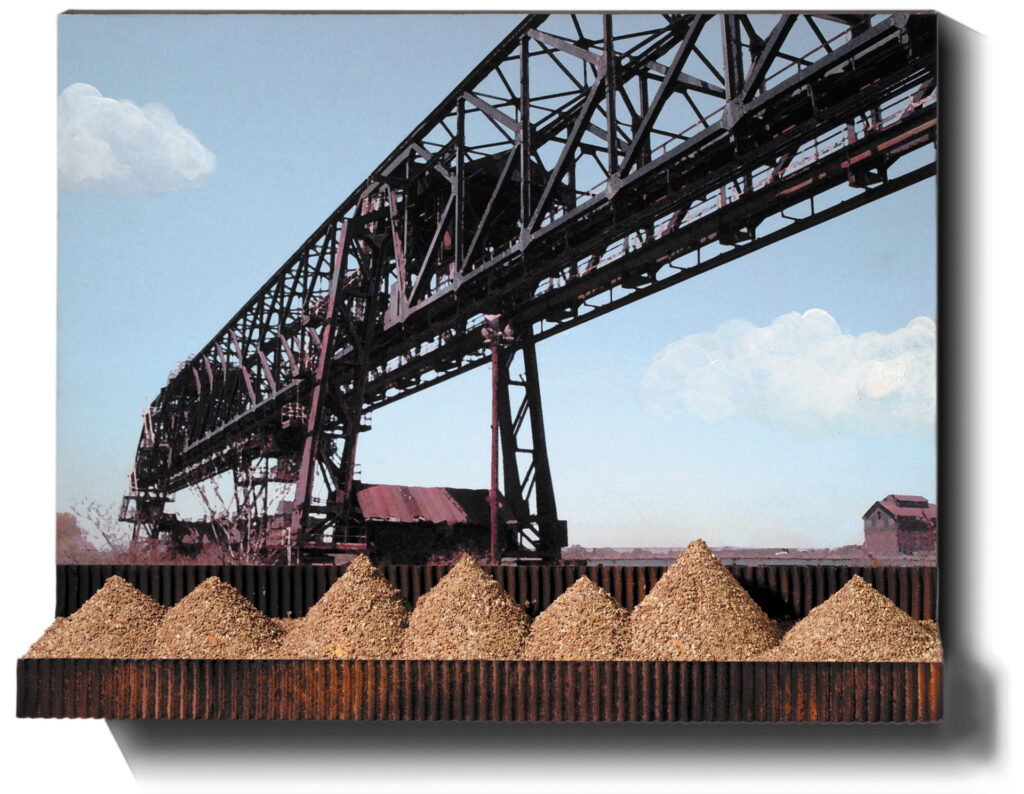
Ore Crane with Inventory, 2003
Digital Print, acrylic, enamel, stone on illustration board
H. 13.25″ L. 17.75″ D. 4″
Ore Cars, 2003
Digital Print
H. 14.5” L. 7”
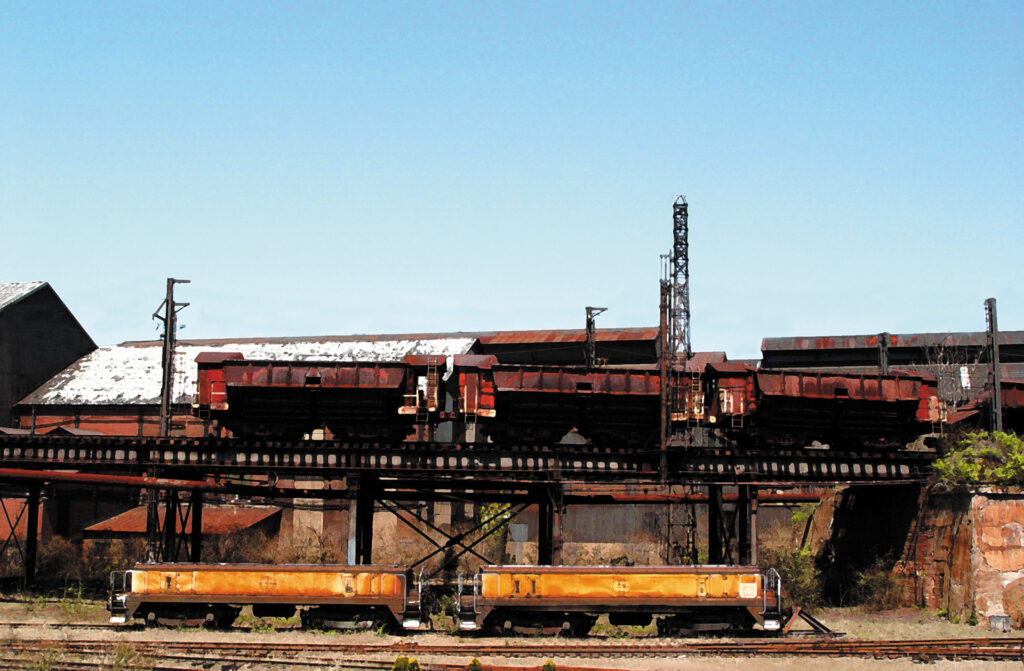
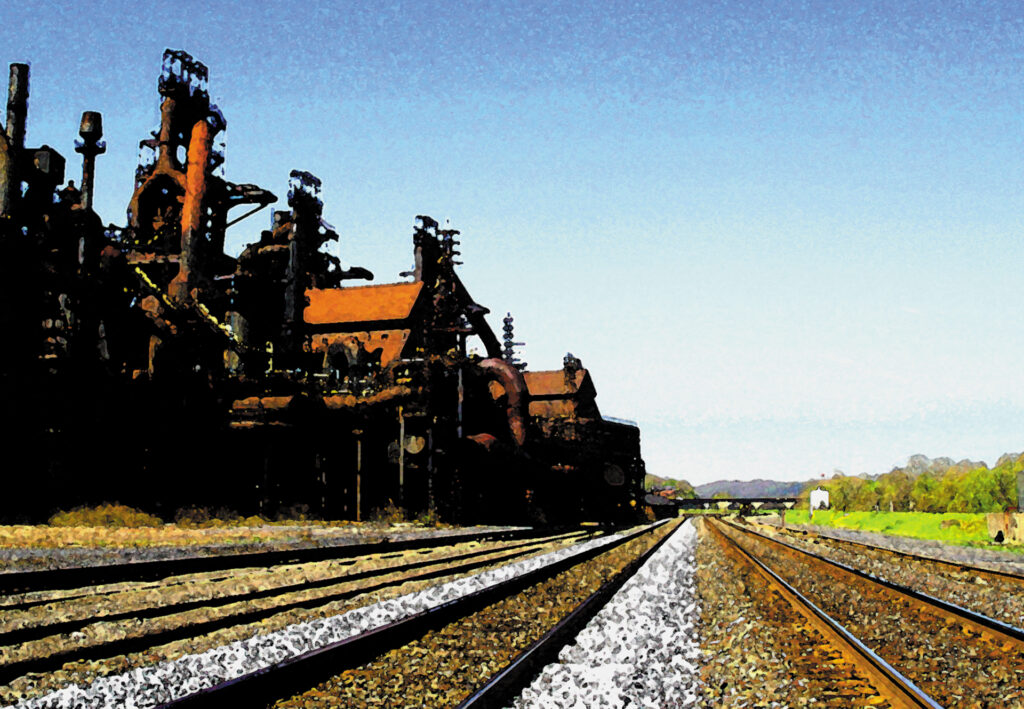
New Right of Way, 2003
Digital Print
H. 5” L. 7”
Study for Next in Line, 2003
Digital Print, enamel, stone on illustration board
H. 10” L. 10” D. 3.25”
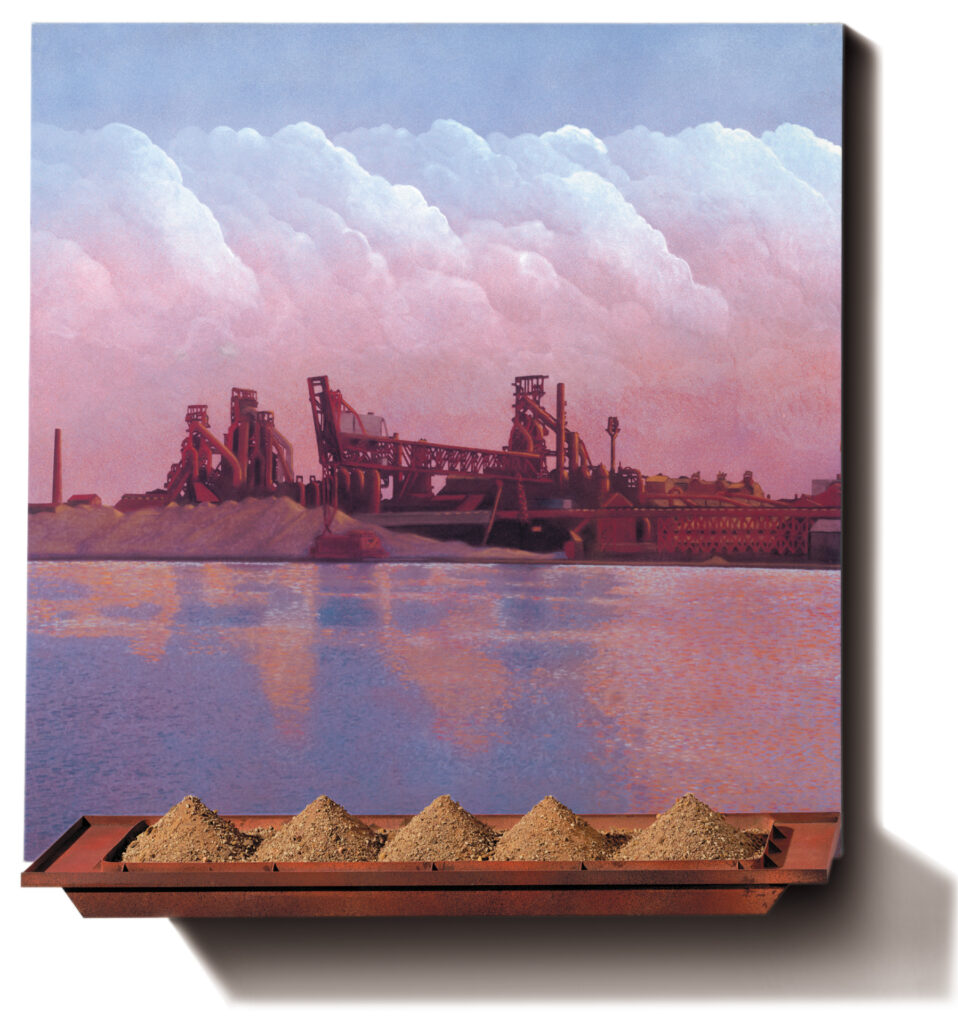
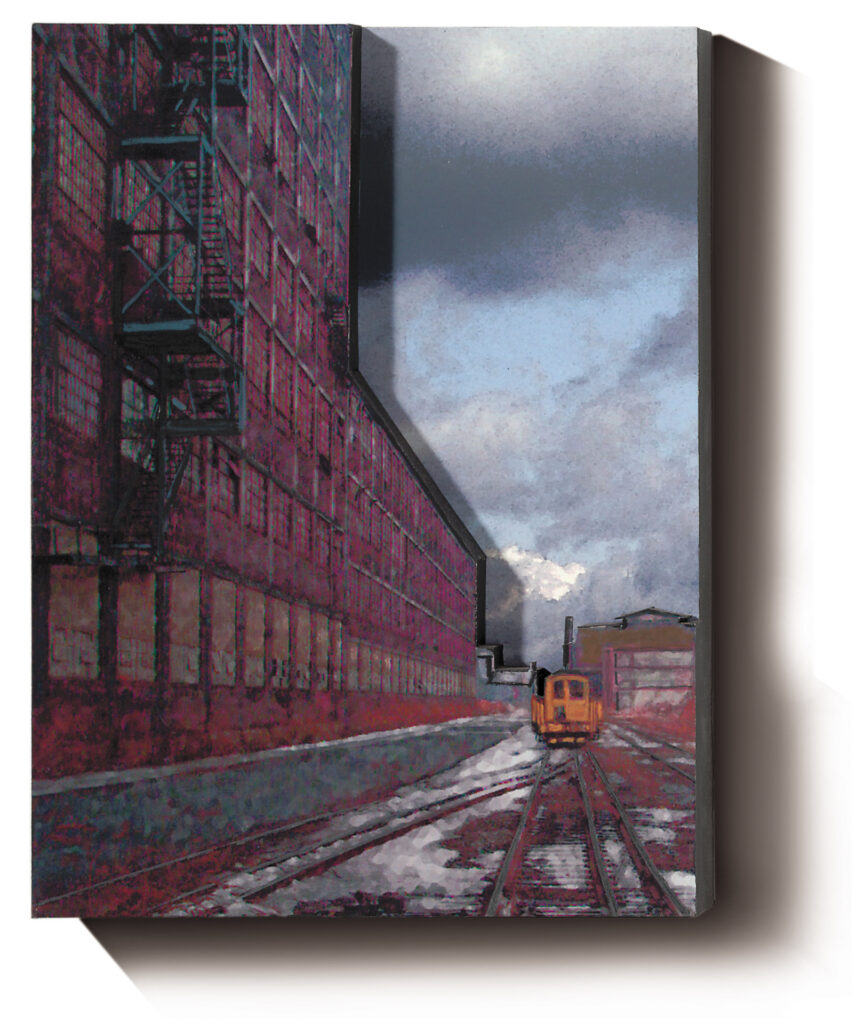
Study for Tracks by No. 2 Machine Shop, 2003
Double Digital Pint, acrylic on illustration board
H. 10” L. 7.5” D. 1.25”
Morgan 350 Ton, 2003
Digital Print
H. 26.25” L. 40”
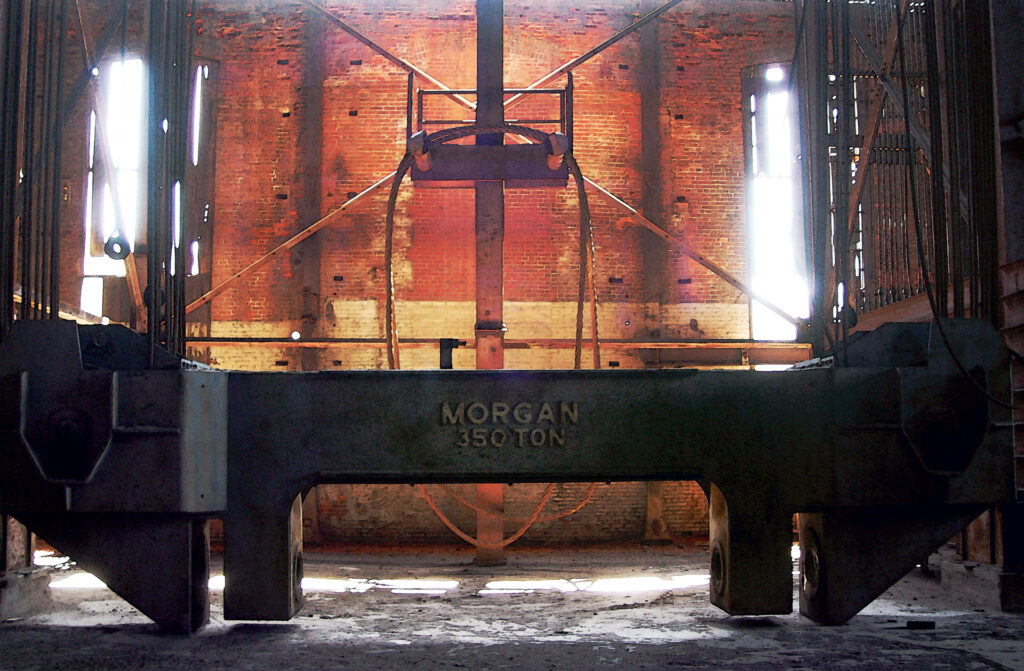
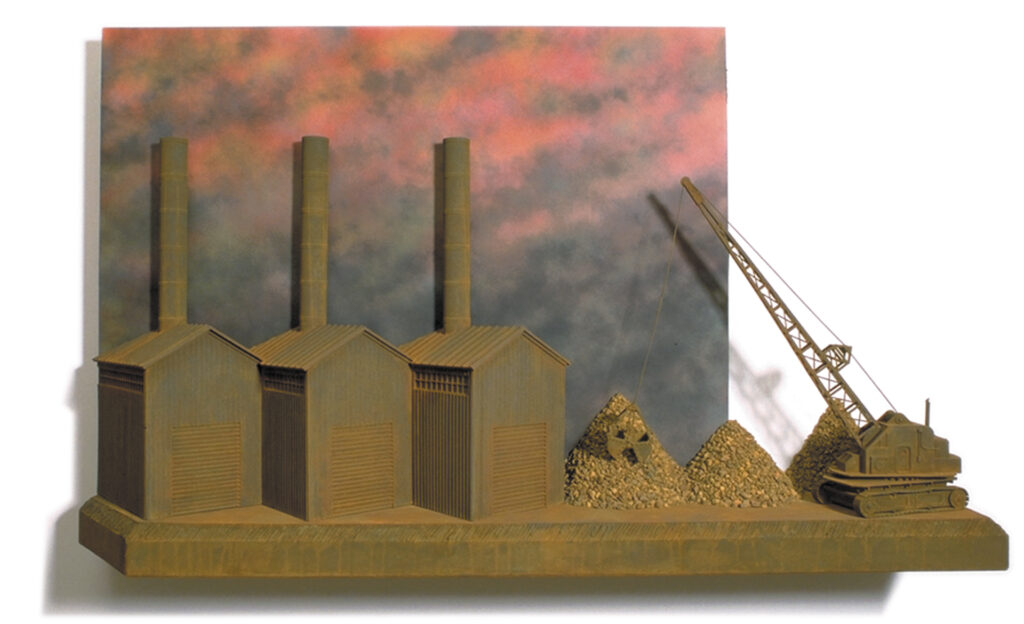
Milltown Sunset, 1998
Enamel, iron filings in polymer emulsion
on illustration board
H. 34” L. 52” D. 11” (private collection)
Milltown Flats, 2003
Charcoal, acrylic, graphite, stone on Illustration board
H. 17.25” L. 40” D. 4.5”
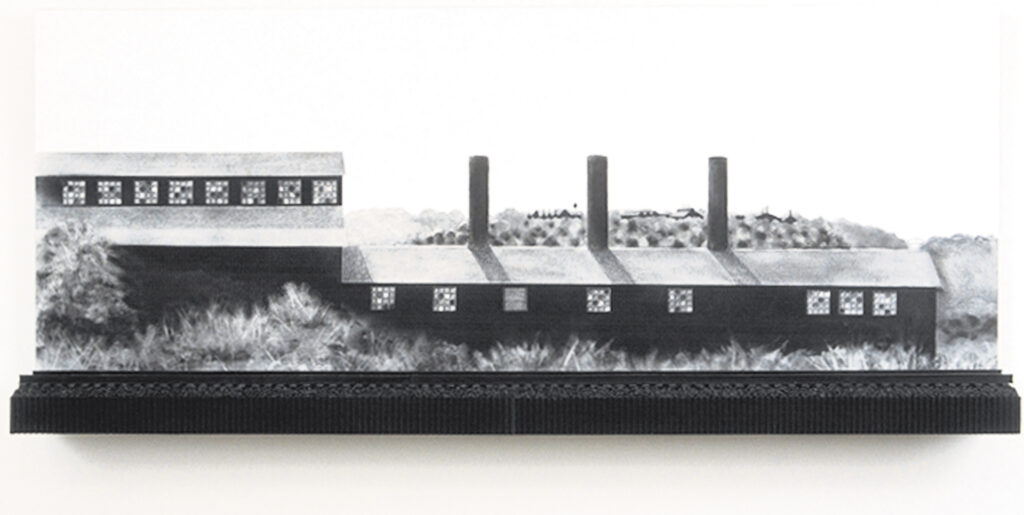
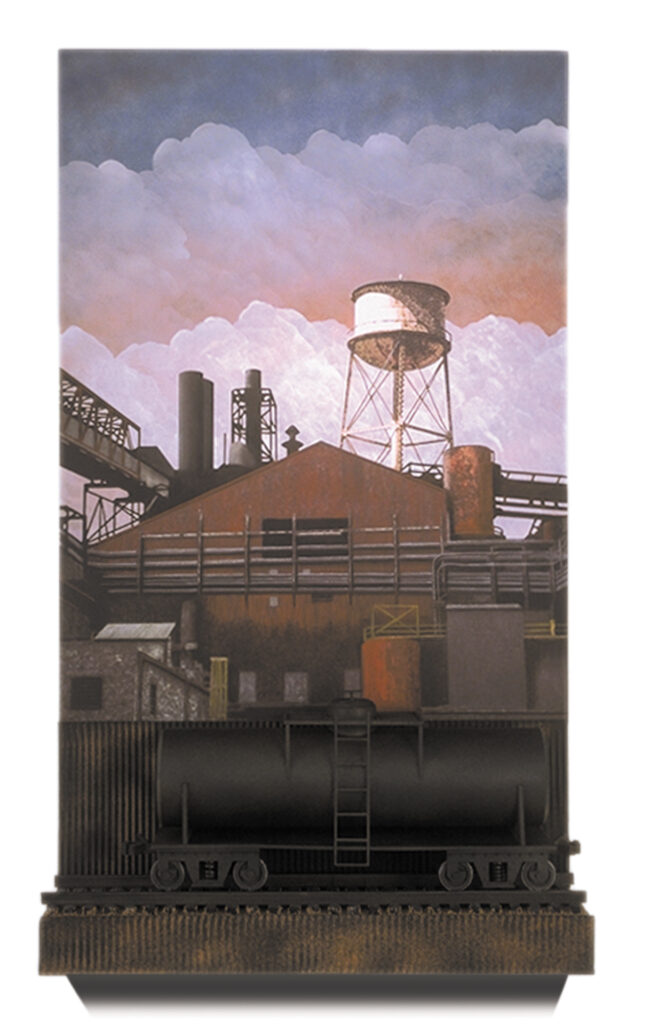
Study for Mill Detail with Tank Car, 2003
Digital Print, Acrylic, enamel, stone on illustration board
H. 31.25” L. 28” D. 7.5”
Milltown Across the River, 2002
Charcoal, Acrylic, graphite, stone on illustration board
H. 12” L. 3.75” D. 4.75”
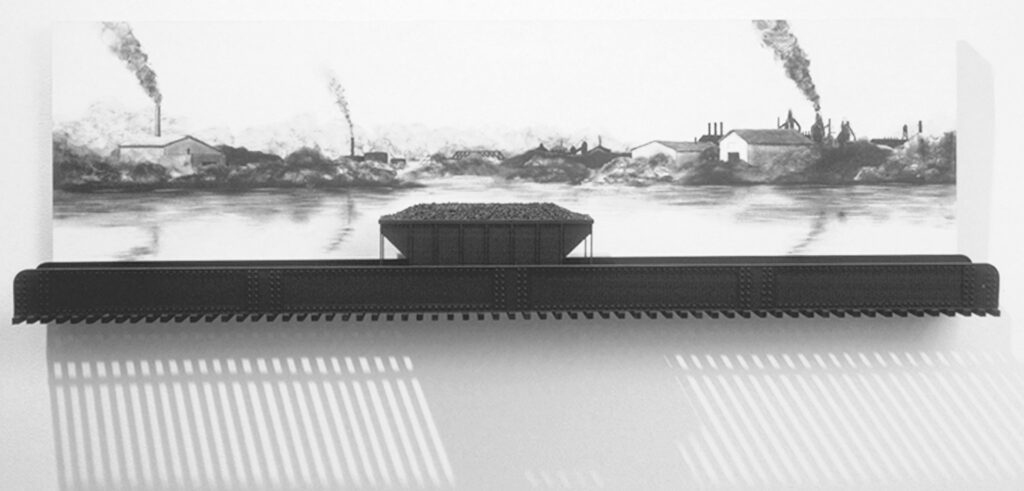
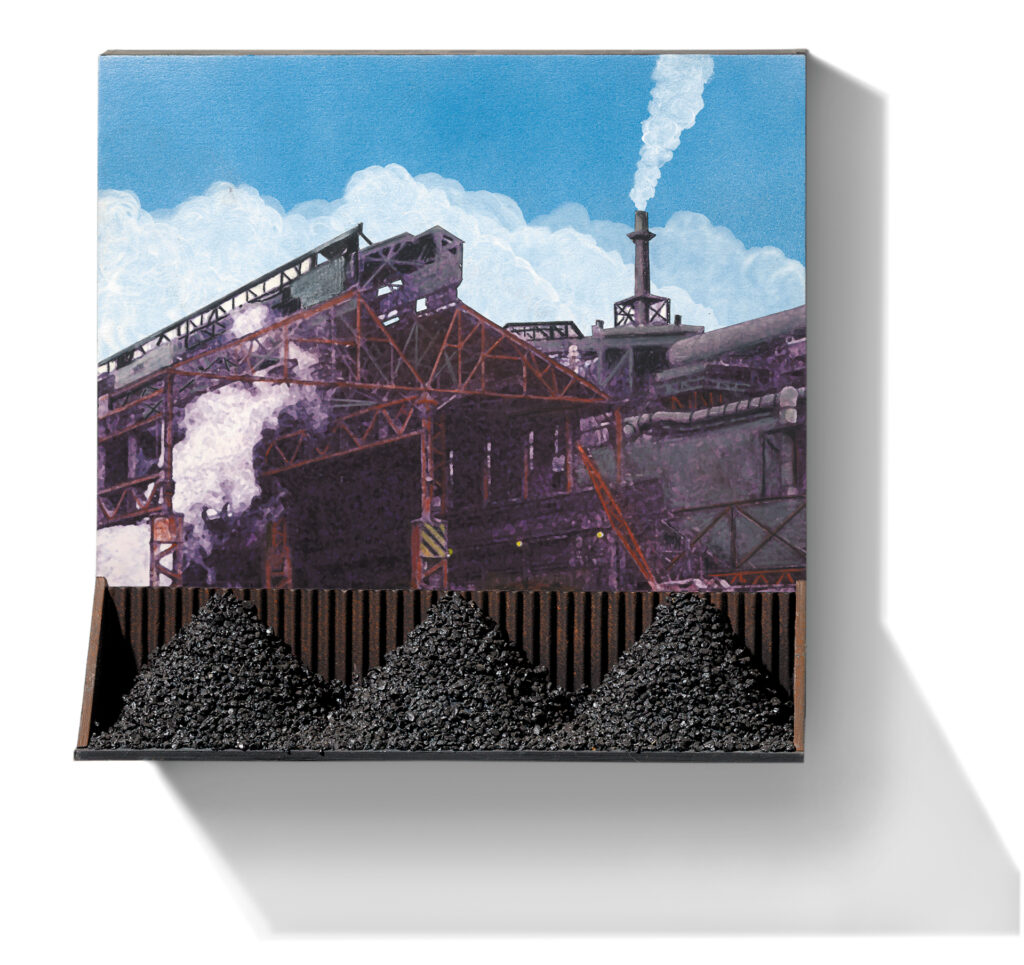
Study for Mill Detail from the Coke Yard, 2003
Digital print, acrylic, enamel, stone on illustration board
H. 9.25” L. 10” D. 2.75”
Study for Mill Demolition, 2003
Digital Print, acrylic, enamel, tone on illustration board
H. 21.5” L. 12” D. 2.5”
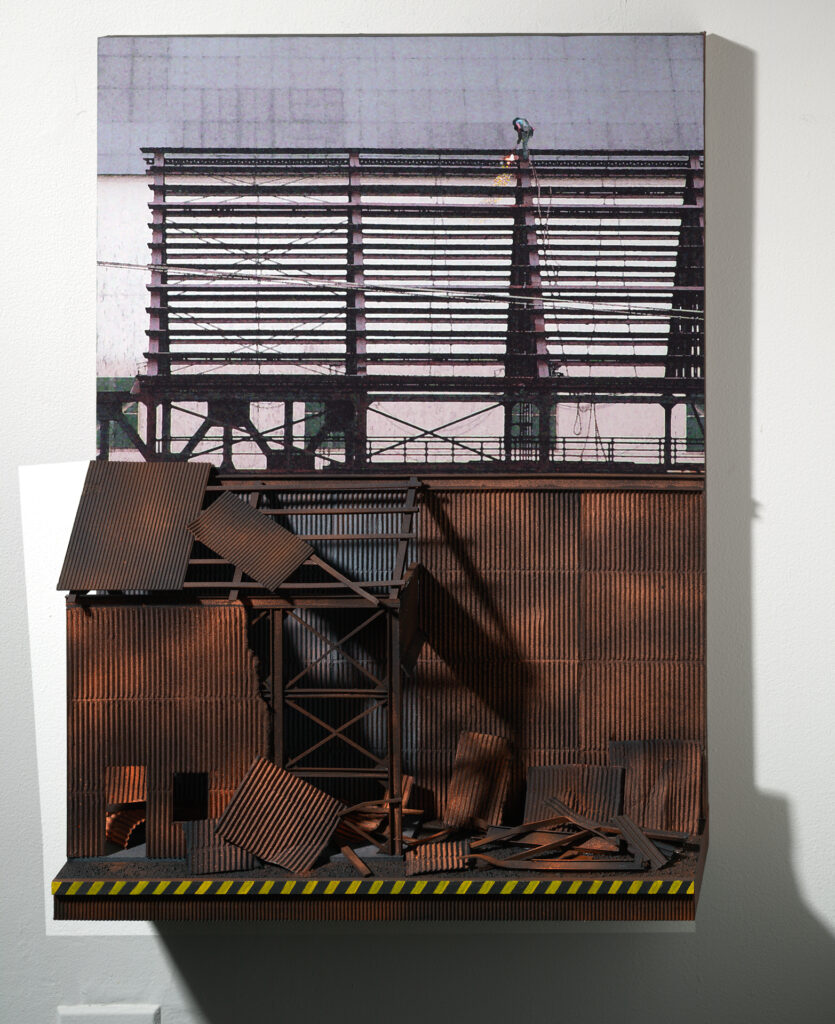
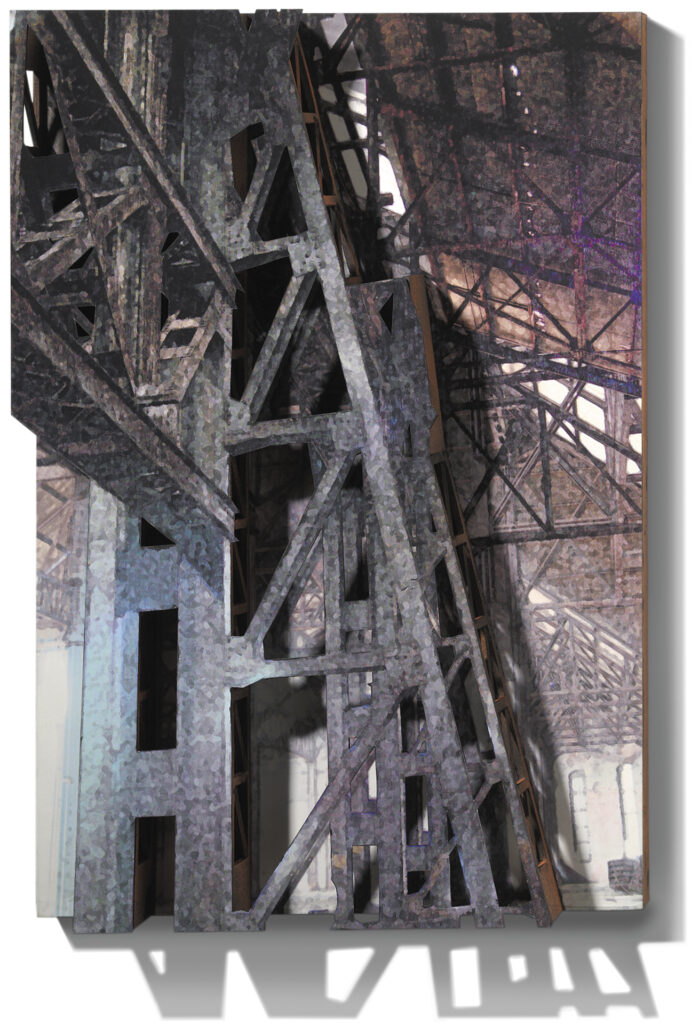
Mill Abstract, 2003
Double Digital Print, enamel on illustration board
H. 18” L. 12” D. 2.5”
No.2 Machine Shop (Interior), 2003
Digital Print
H. 33” L. 40”
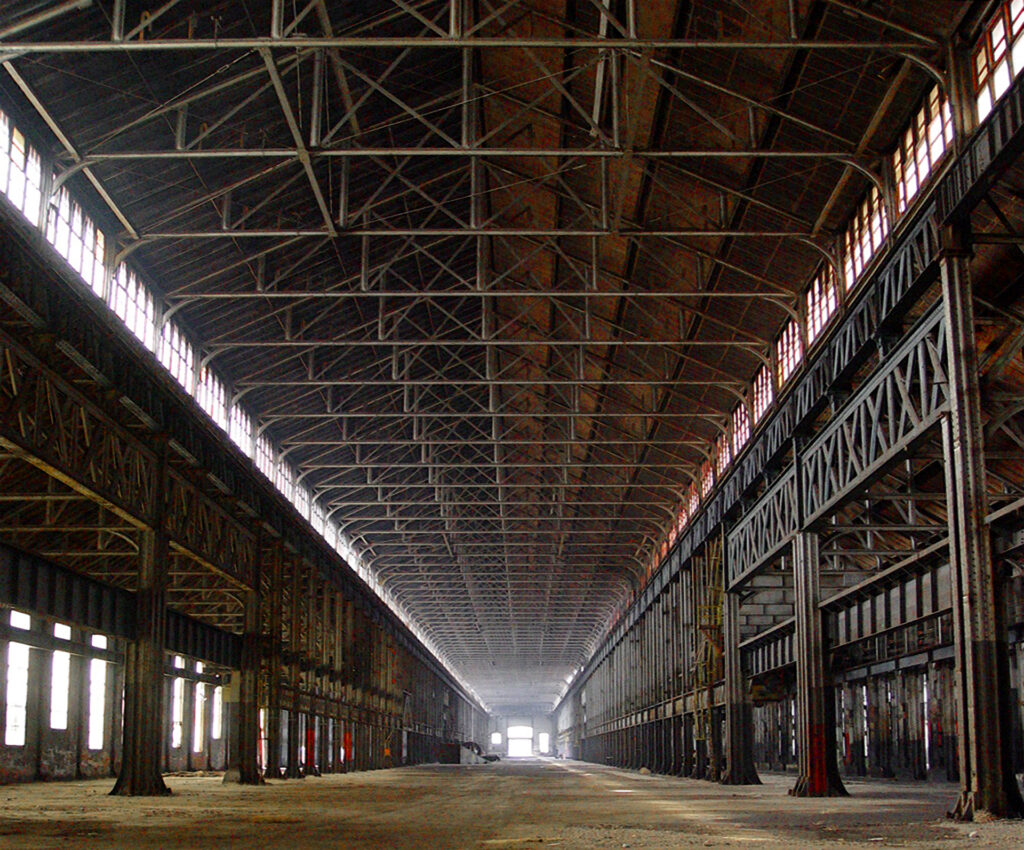
Lift Bridge – Coal Barge, 2003
Digital Print, enamel, stone on illustration board
H. 30” L. 20” D. 5”
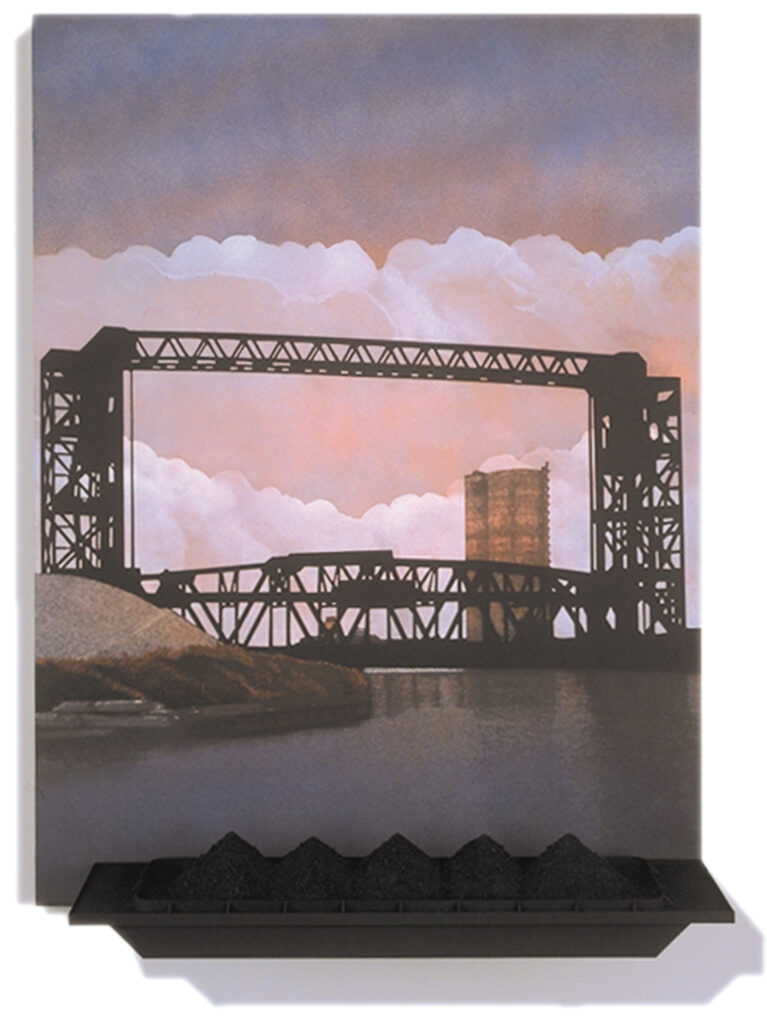
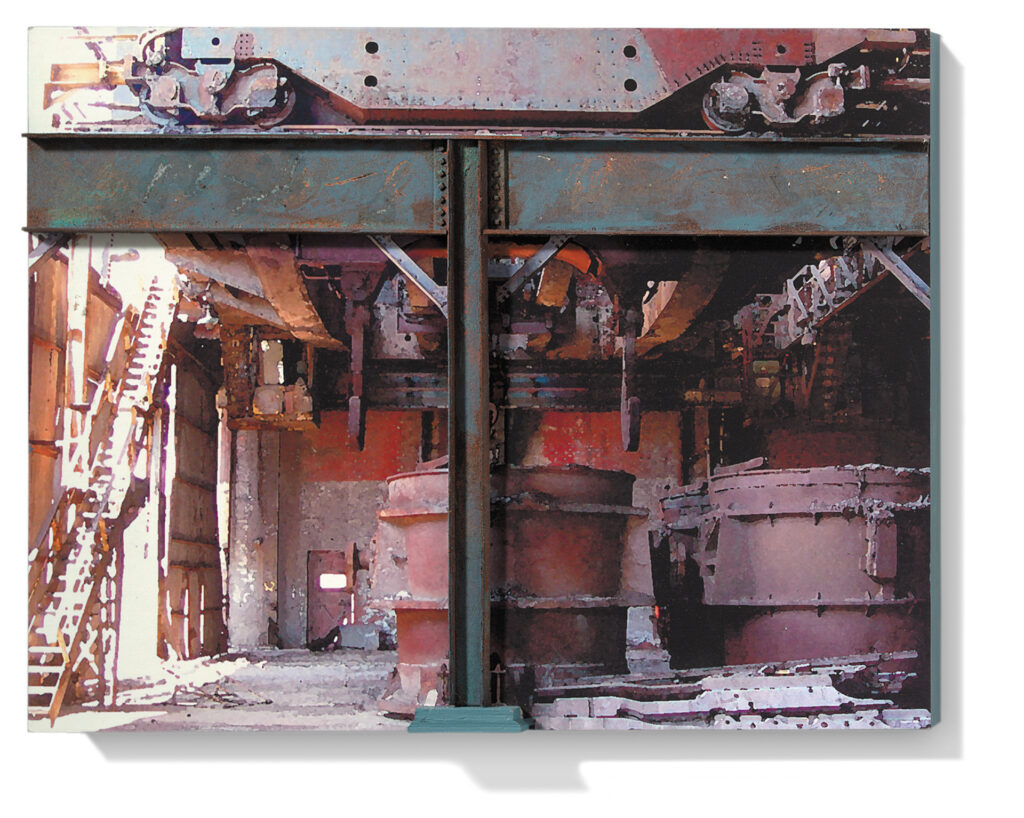
Study for Ladle Crane and Ladles. 2003
Digital Print, acrylic, enamel on illustration board
H. 8” K, 10” D. 1.25”
Study for Teeming Flour – Ladle, 2003
Digital Print, Acrylic, enamel on illustration board
H. 14.25” L. 9.75” D. 4.75”
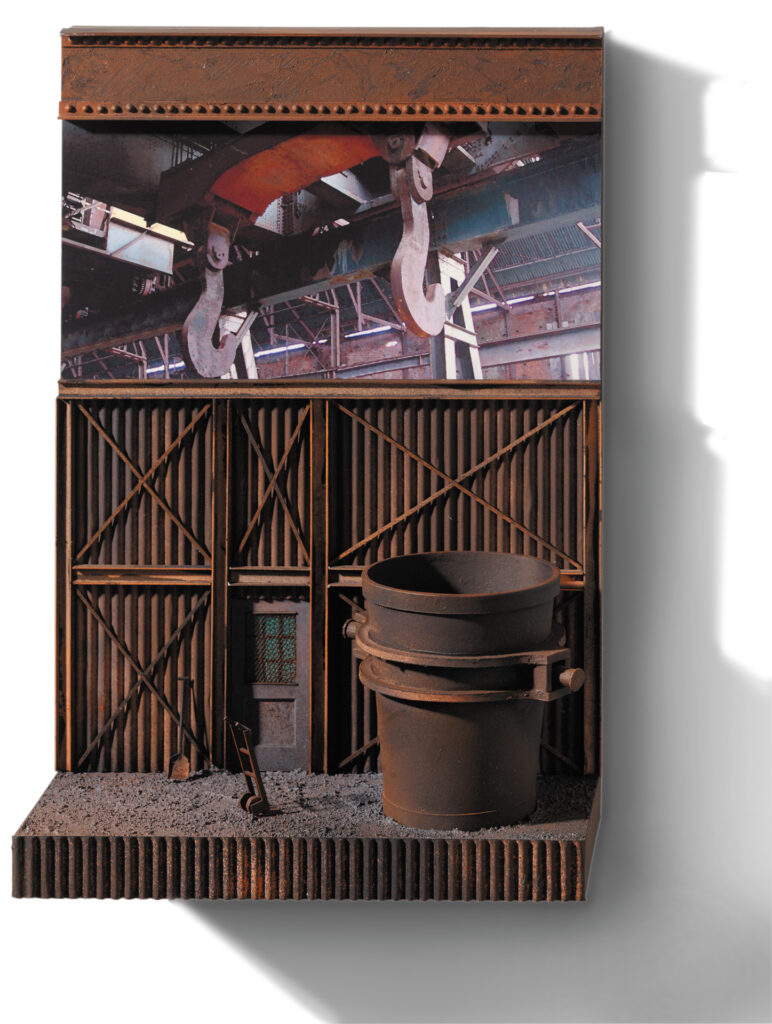

Ladle Crane, 2003
Digital Print
H. 29.5” L. 39” D. 39”
Inversion Coshocton, Ohio, 2003
Digital Print, enamel, graphite, stone on illustration board
H. 40” L. 44” D. 8” (2 in private collections)
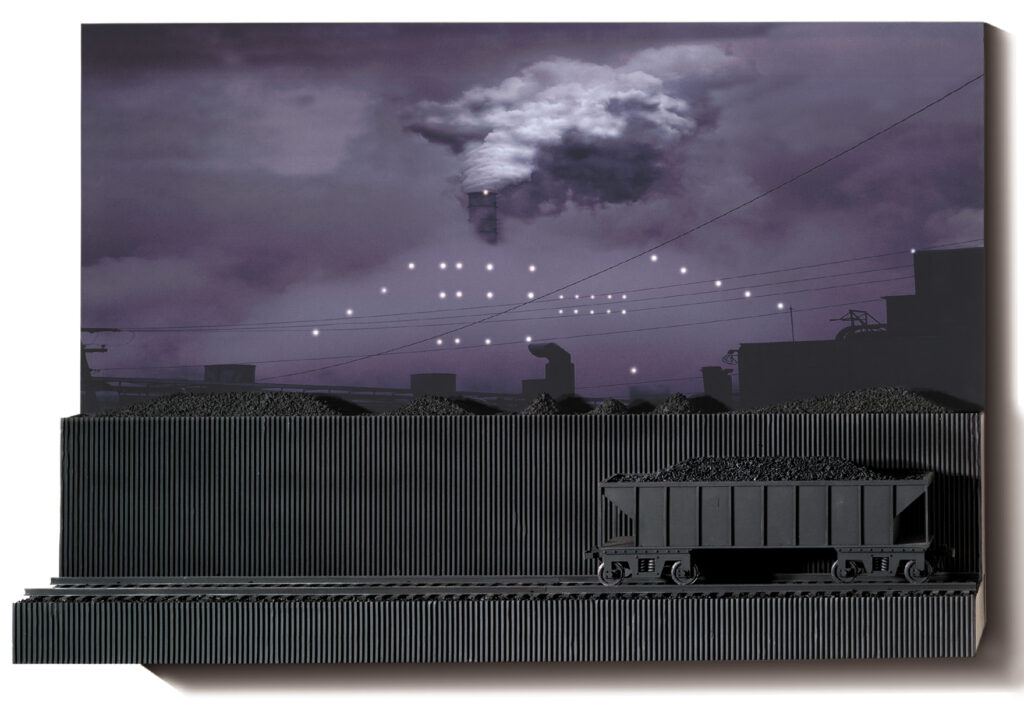
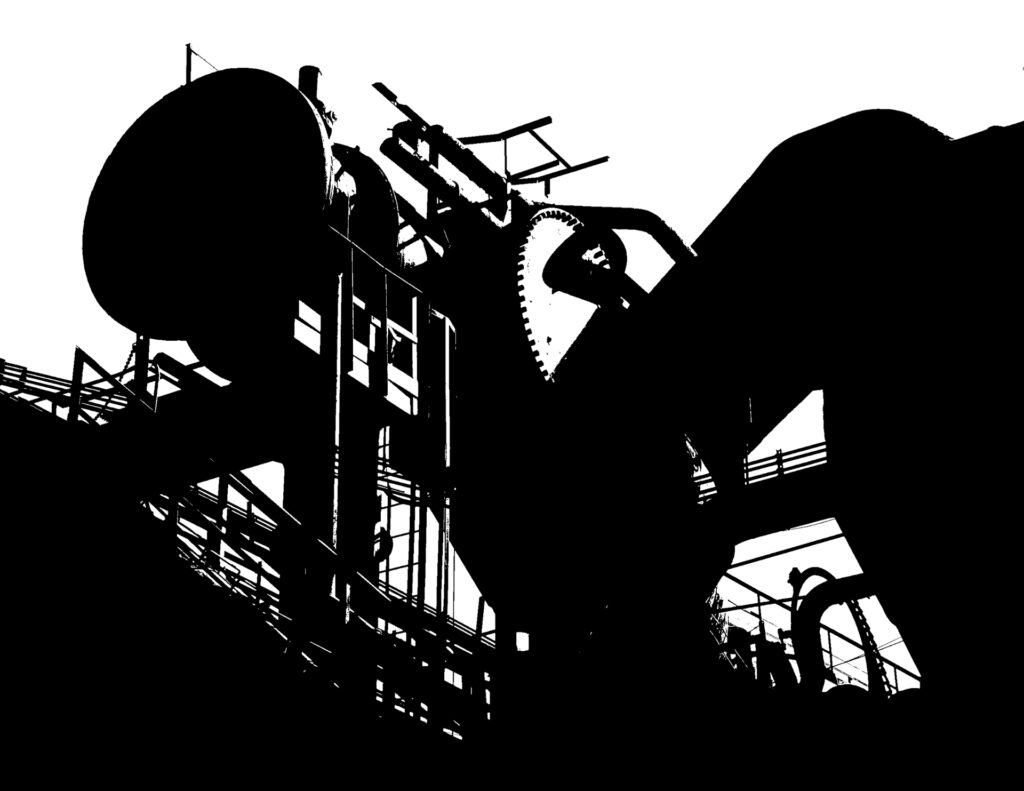
Industrial Icon, 2003
Digital Print
H. 16.75 L. 16”
Industrial Augusta Souvenir, Graniteville Company, 2003
Digital Print
H. 9.75” L. 18”
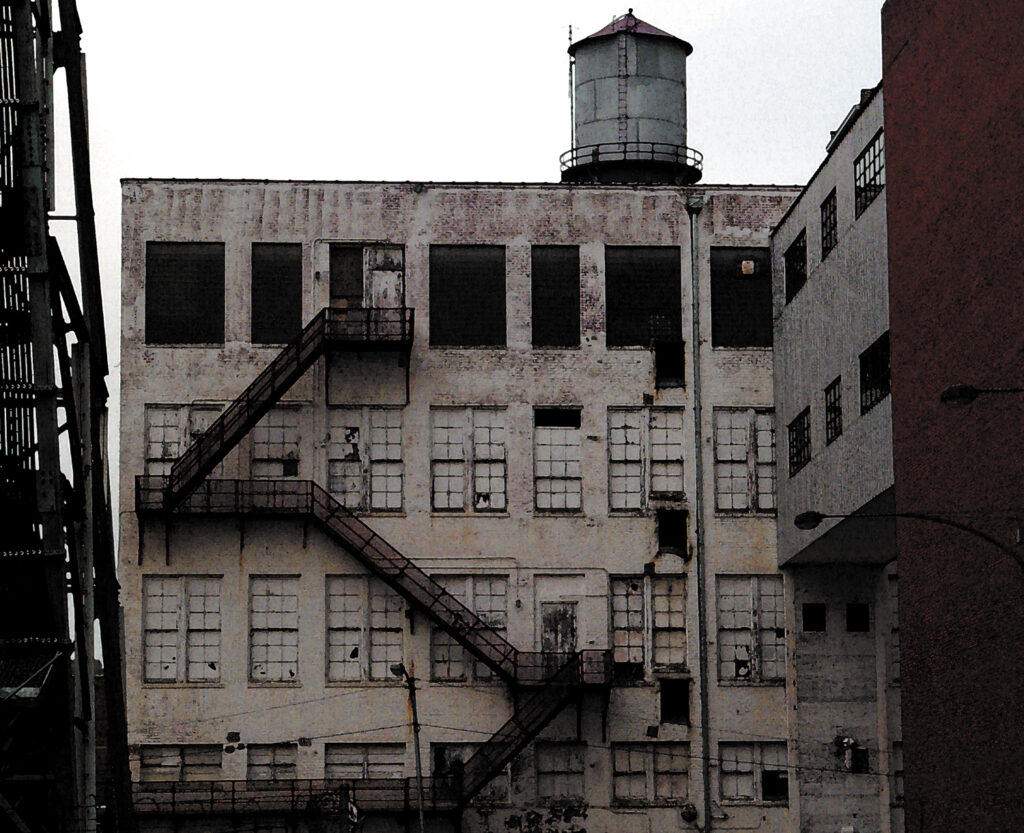
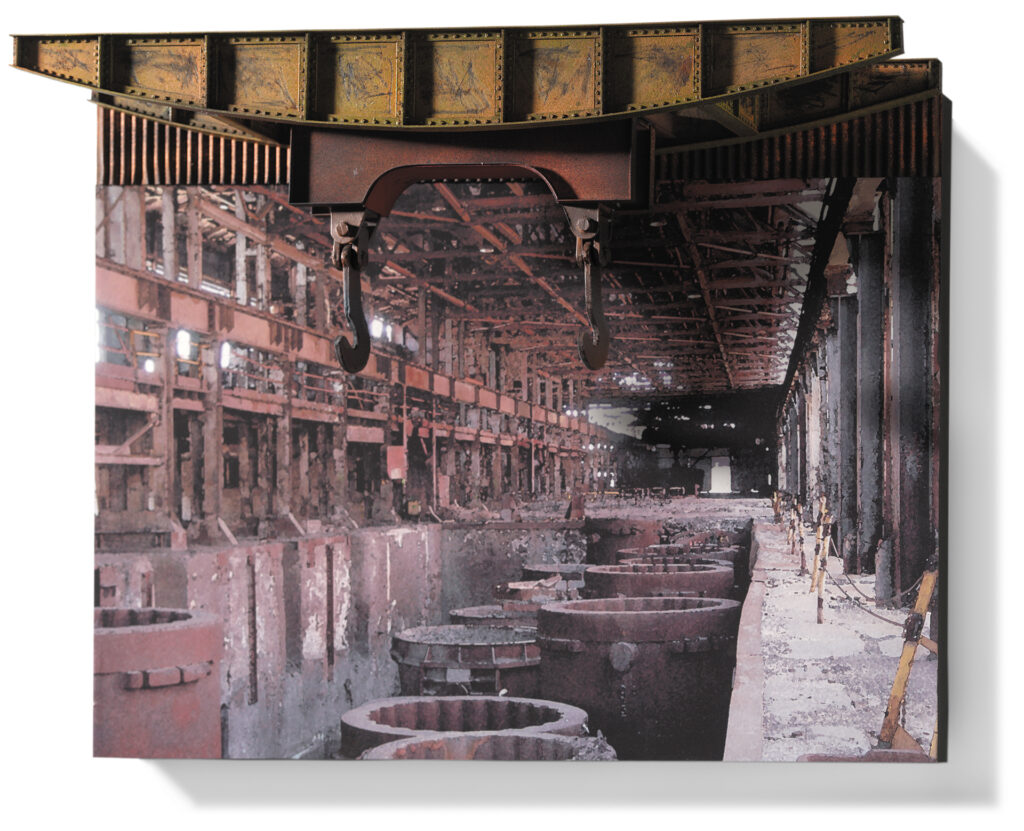
Study for Casting Pit – Ladle Crane, 2003
Digital Print, enamel on illustration board
H. 14.25” L. 18” D. 4.75”
Study for Gas Blowing Engine House (Detail), 2003
Digital Print, Acrylic, enamel on illustration board
H. 12” L. 16” D. 1.25” (private collection)
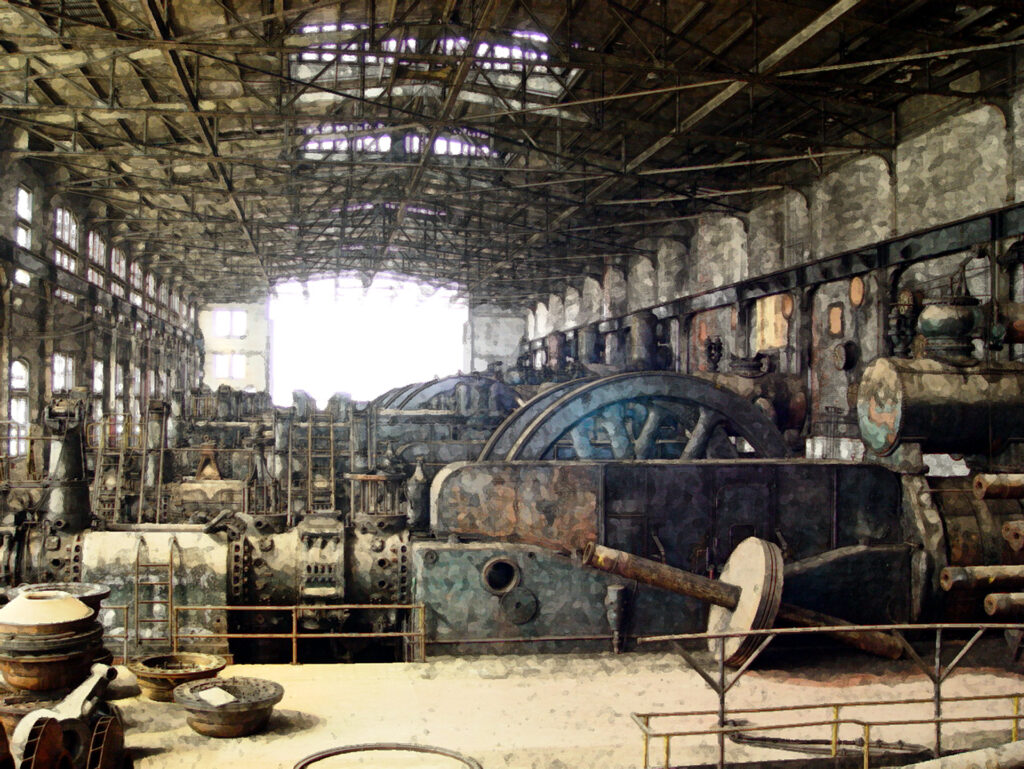
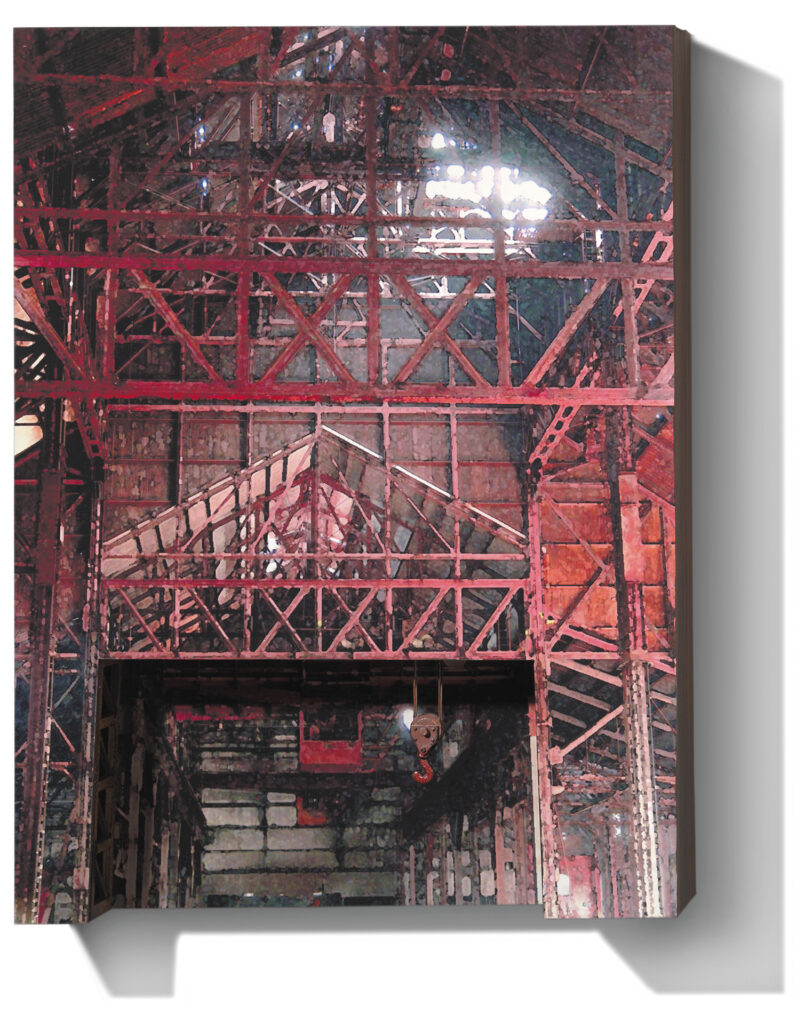
No. 1 Forge Shop with Hoist, 2003
Double Digital Print, acrylic, enamel on illustration board
H. 16.5” L. 12” D. 2.5”
Foreman’s Office, 2002
Digital Print, enamel, stone, balsa wood on illustration board
H. 31.25” L. 18” D. 7.5” (private collection)
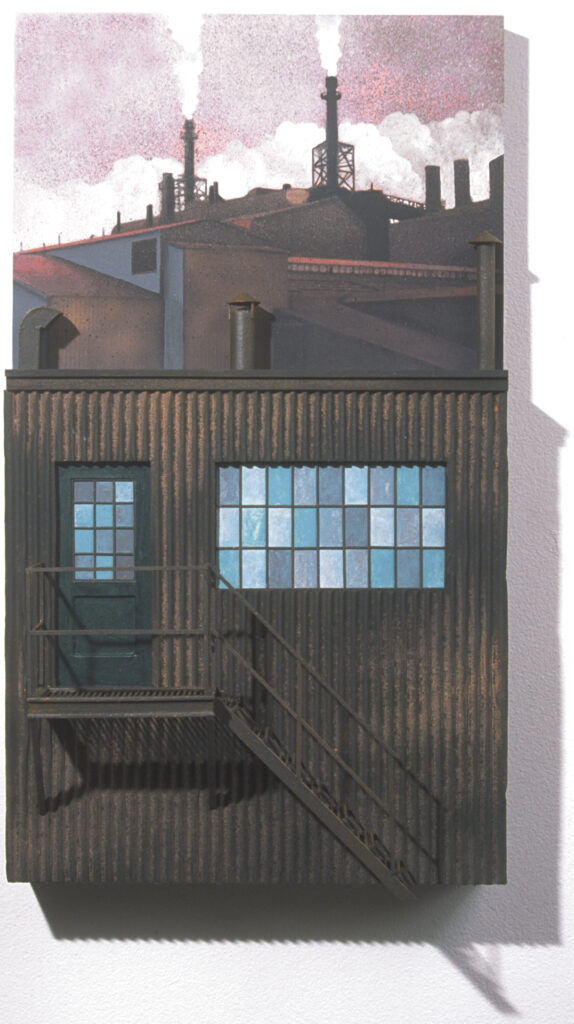
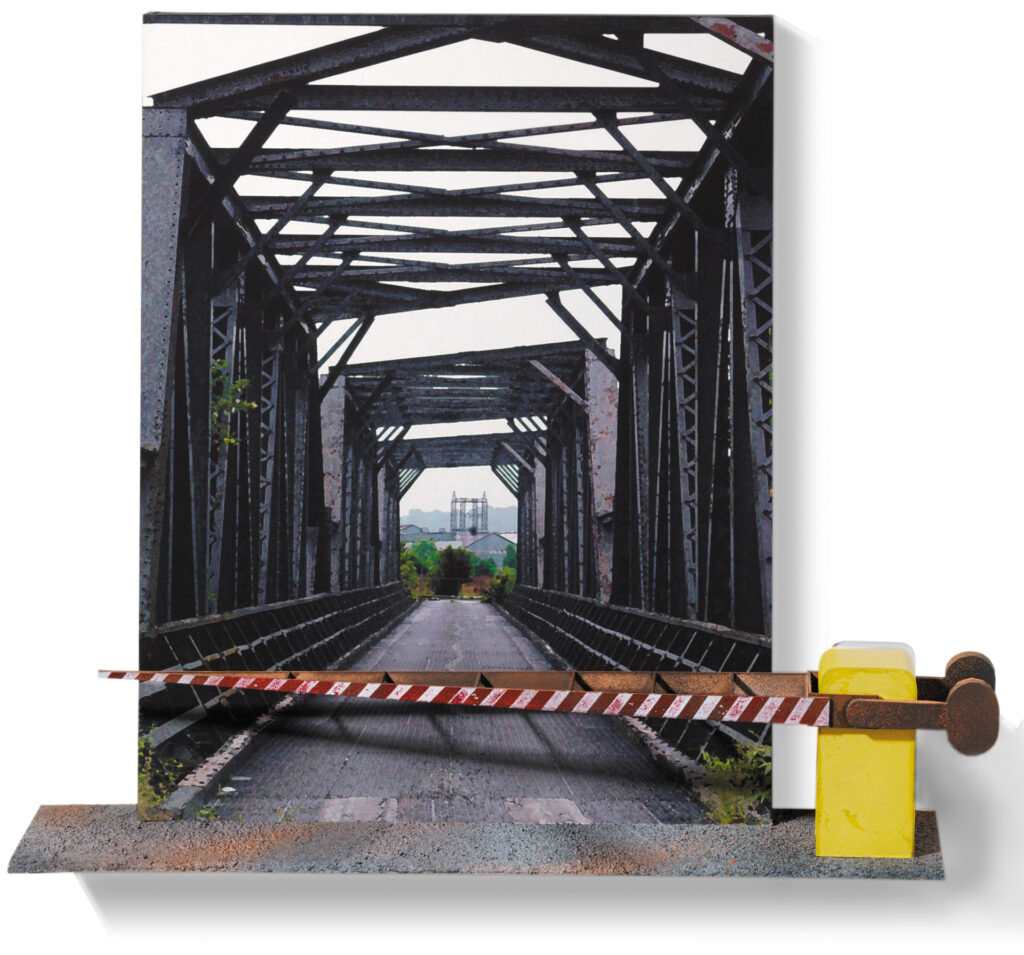
Study for Employees Only Beyond this Point, 2003
Digital Print, Enamel on illustration board
H. 21.5” L. 12” D. 2.5”
Industrial Augusta Souvenir, Downtown, 2003
Digital Print
H. 9.75” L. 12”
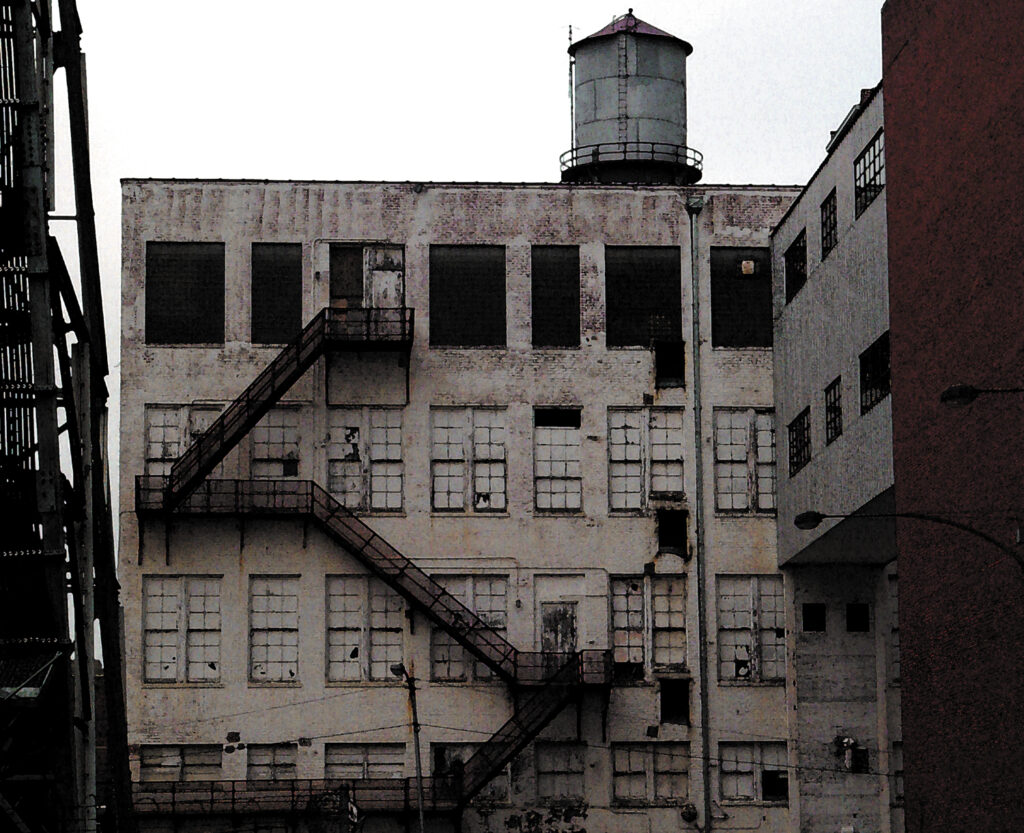

Division Street Bridge, 2003
Digital Print
H. 9” L. 40”
Distant Bridge, 1999
Acrylic, enamel, stone, balsa wood, on illustration board
H. 40” L. 56” D. 8”
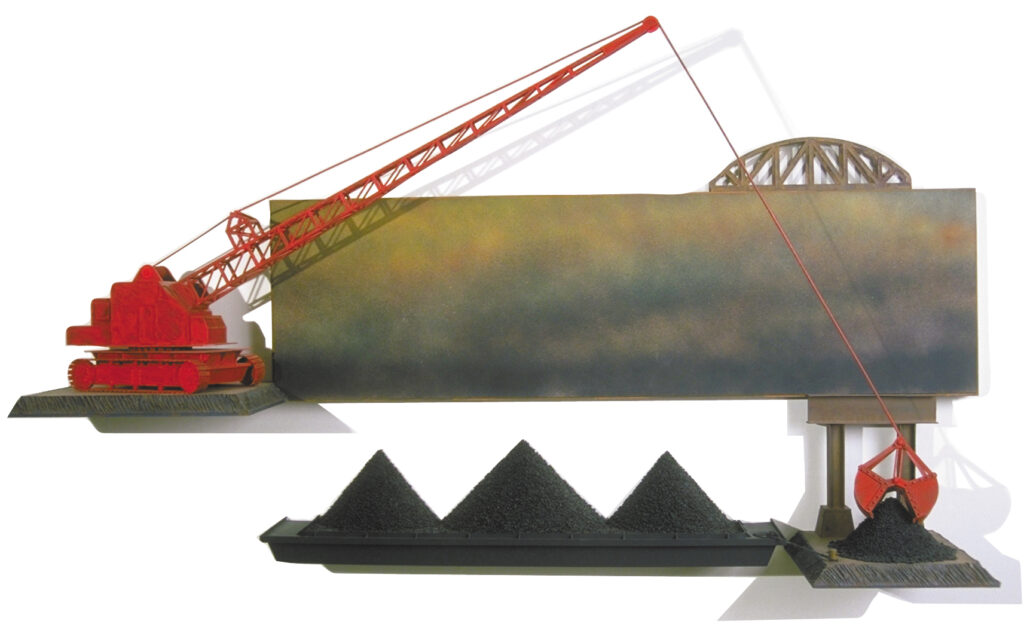
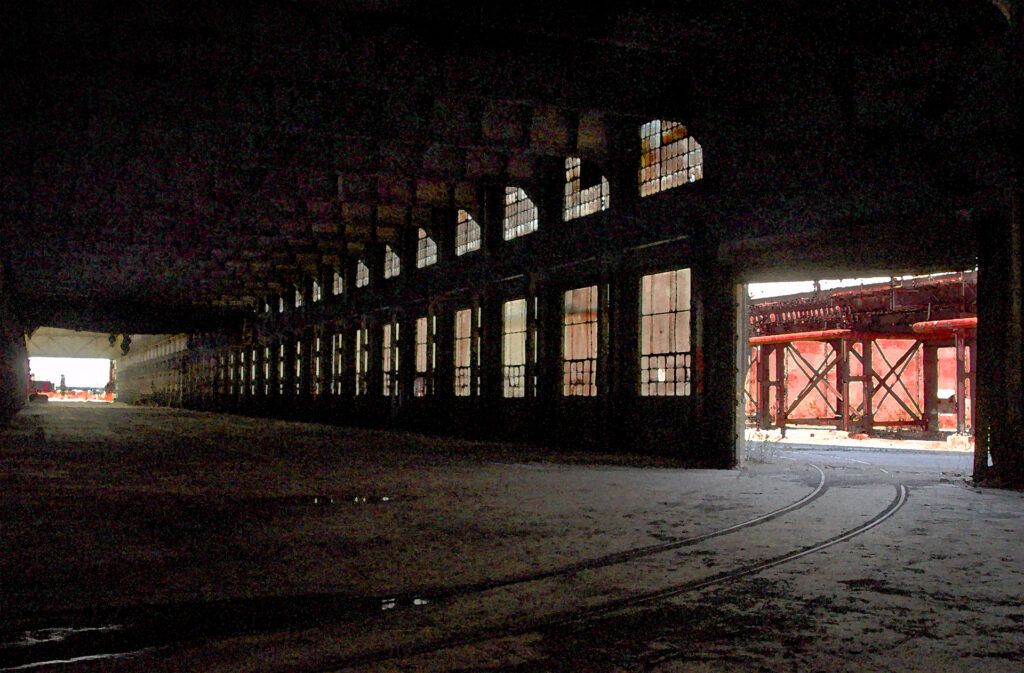
Curved Track – Long View, 2003
Digital Print
H. 26.25” L. 40”
Study for Coke Mill Details – Clairton, 2003.
Digital Print, Acrylic, enamel, paste., stone on Illustration board
H. 16” L. 10” D. 4.5”
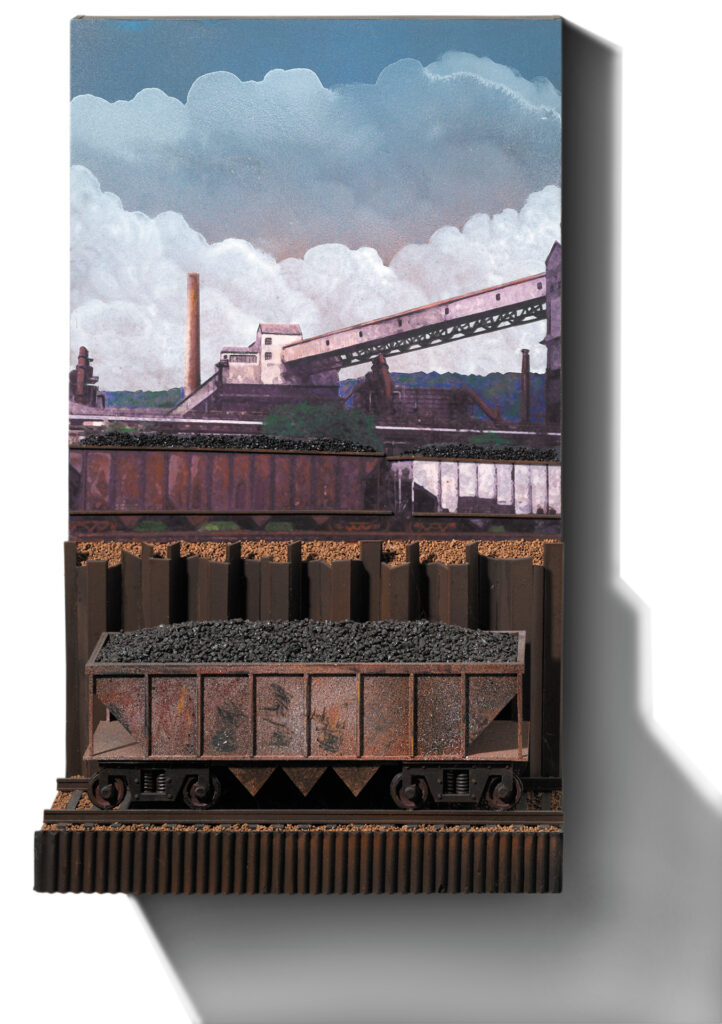
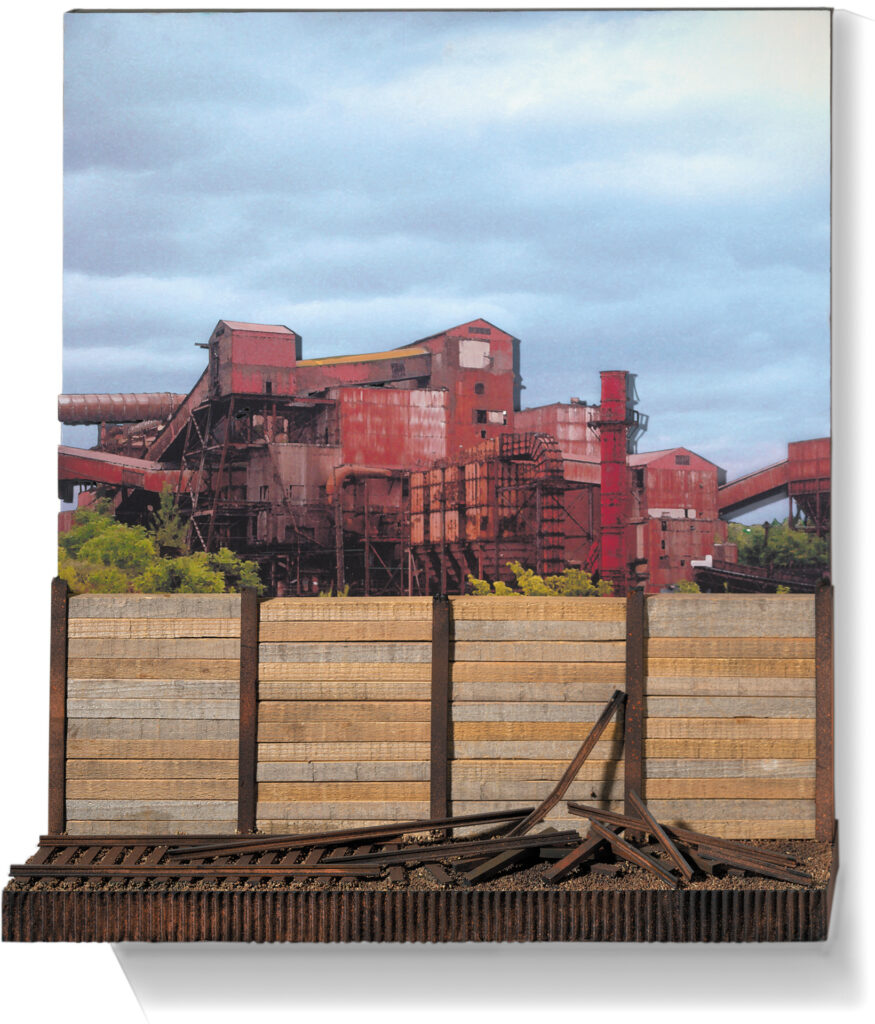
Study for Closed Mill – Torn Up Tracks, 2003
Digital Print, enamel, wood, stone on illustration board
H. 20” L. 18.25: D. 4.75” (private collection)
Study for Charging Floor – Exterior View, 2003
Double Digital Print, Enamel on illustration board
H. 6” L. 17.25” D. 3”
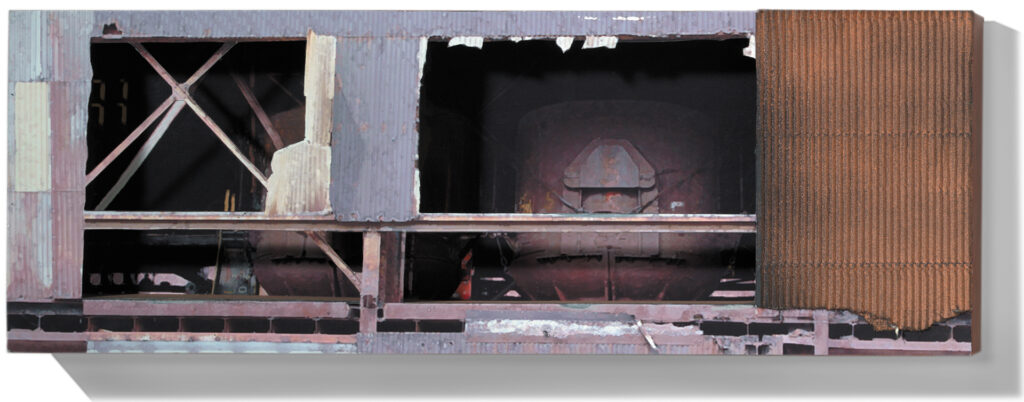
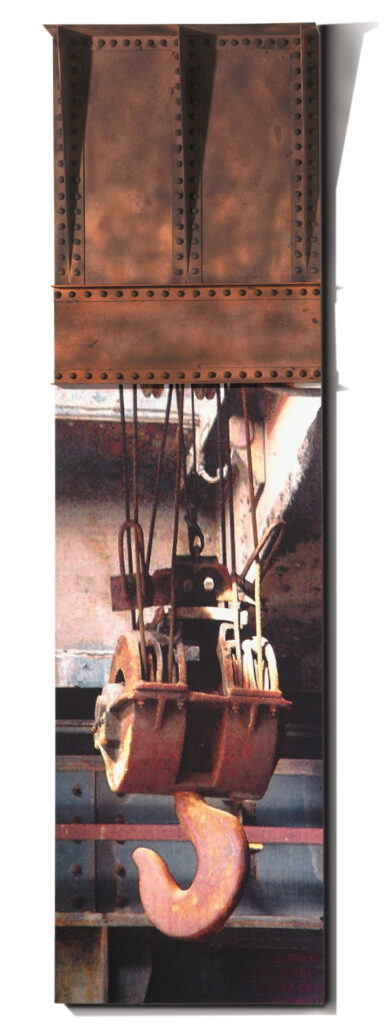
Crane Detail, 2003
Digital Print, enamel on illustration board
H. 86” L. 40” (private collection)
Study for Blast Furnace Detail with Slag Cars, 2003
Digital Print, enamel on illustration board
H. 10” L. 18” D. 3”
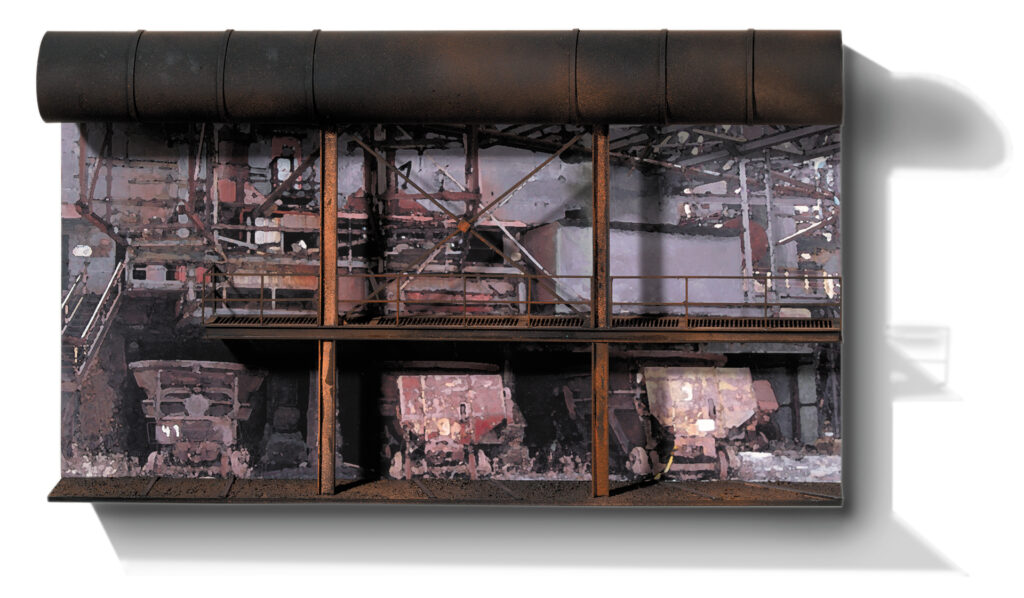
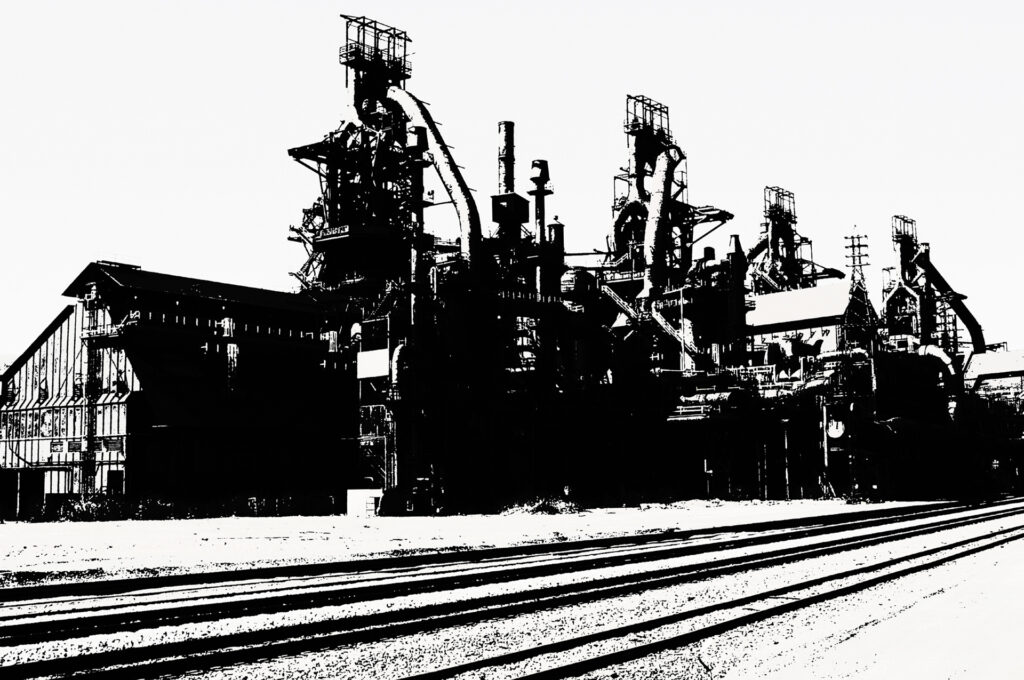
Blast Furnace Trac View, 2003
Digital Print
H. 12.25” L. 12”
Blast Furnace Detail, 2003
Digital Print
H. 12” L. 16”
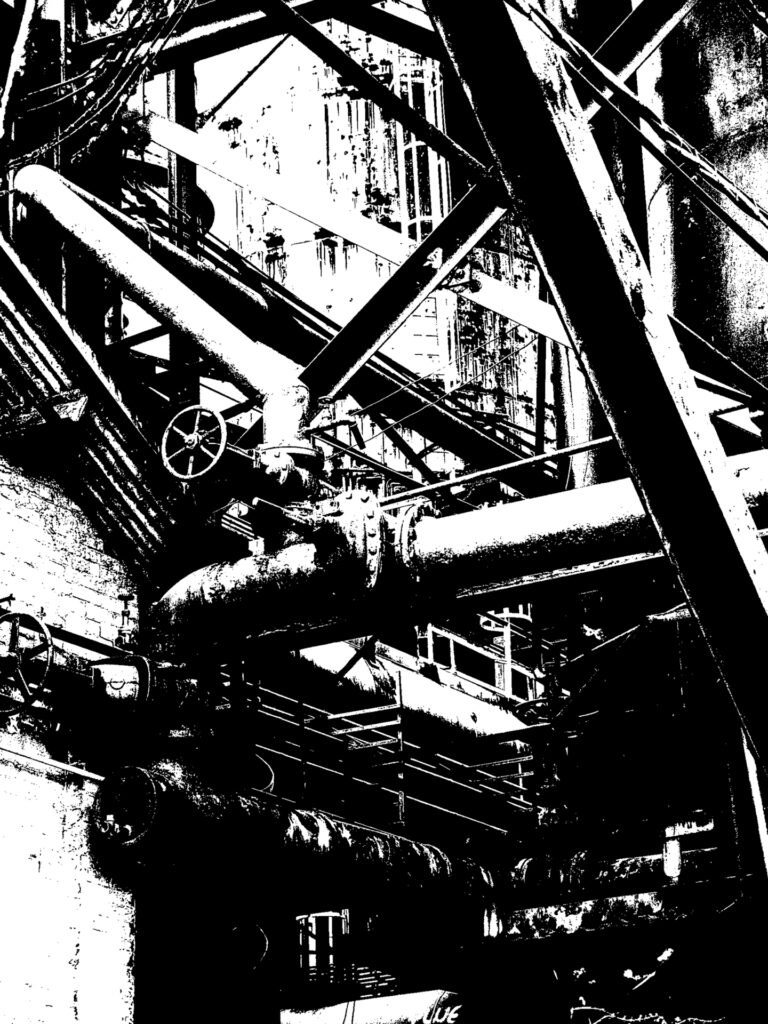
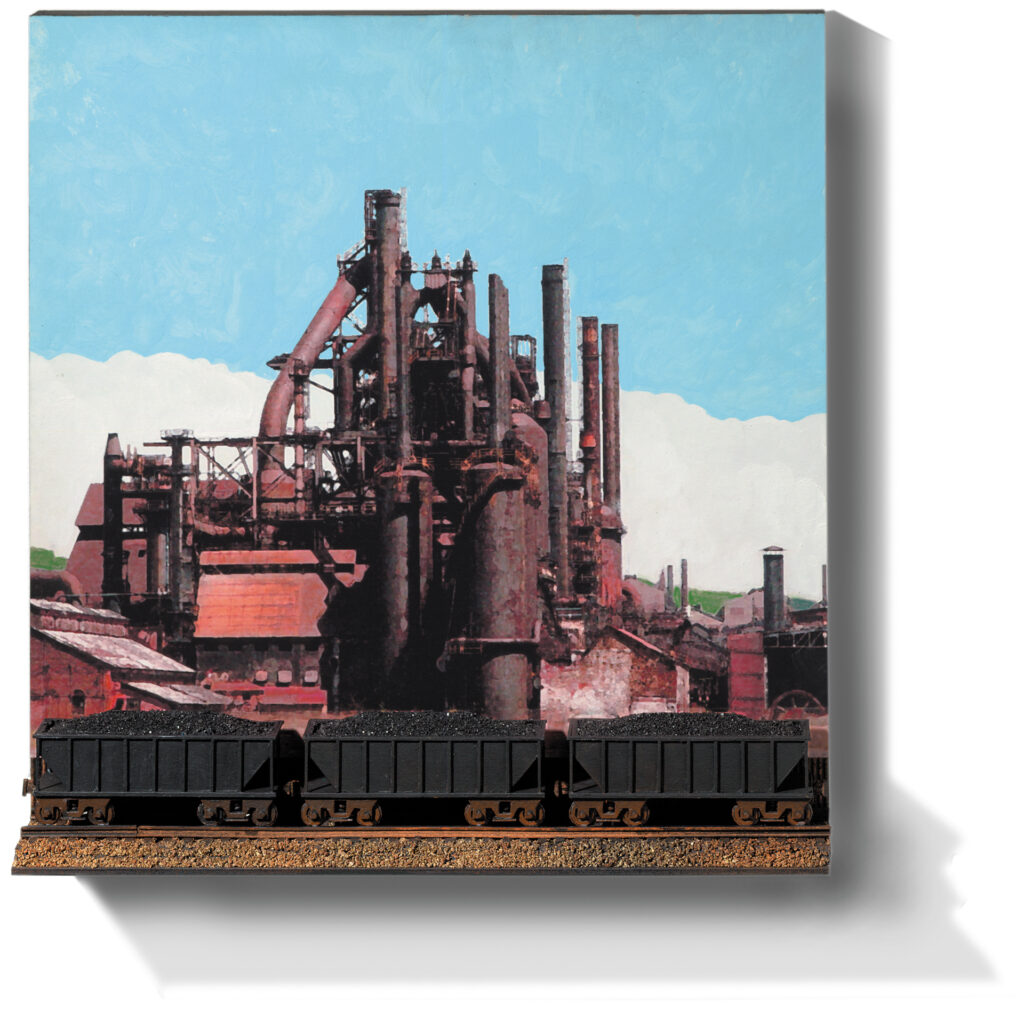
Study for Blast Furnaces. – Coal Cars, 2003
Digital Print, acrylic, enamel, stone on illustration board
H. 13.25” L. 13” D. 2.5”
Beam Scheme, 2003
Digital Print
H. 18” L. 12”
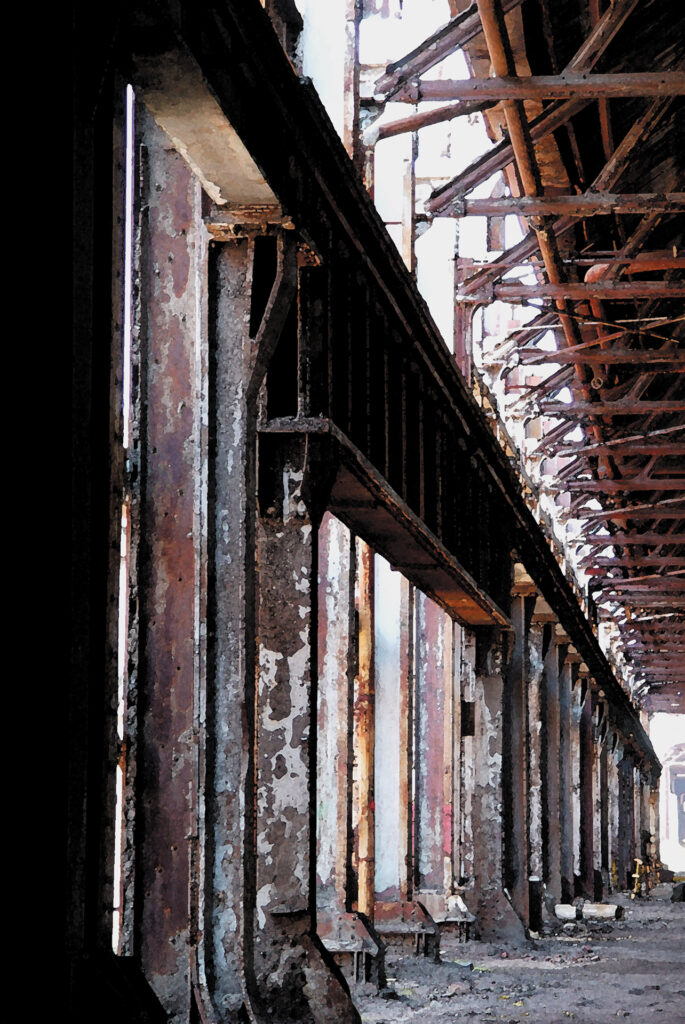
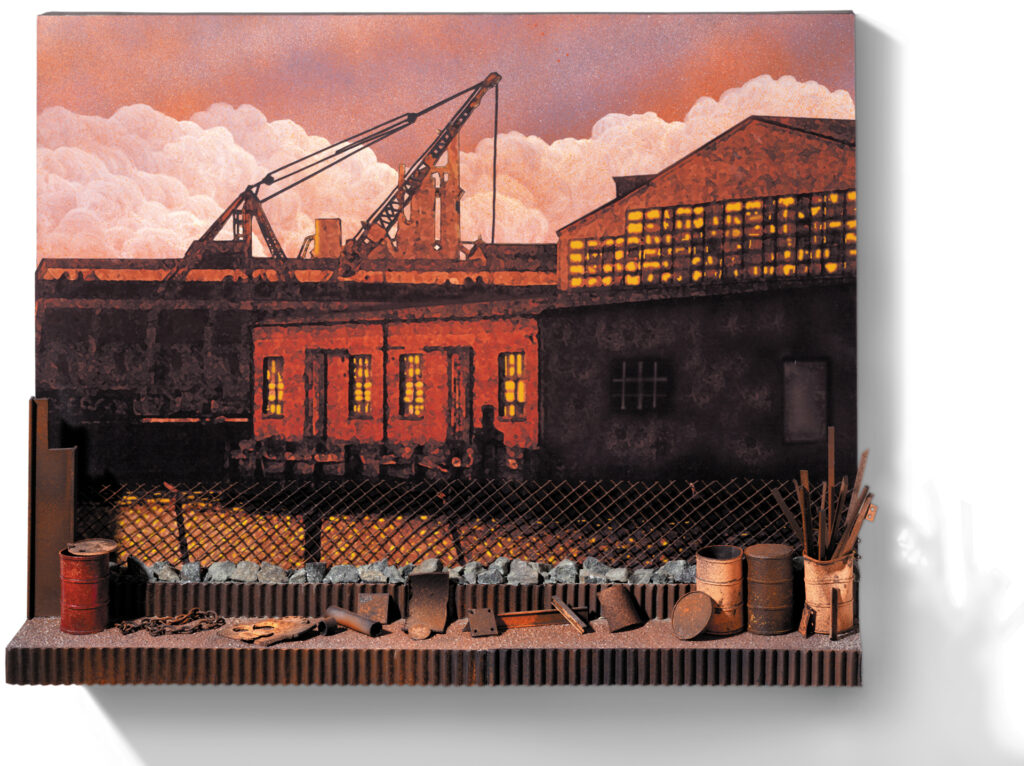
Study for Inner Harbor – Repair Shop Dock, 2003
Digital Print, acrylic enamel, stone on illustration board
H. 16” L. 17.75” D. 3.75”
Power Plant – Alexandria, 2003
Digital Print, enamel, graphite, stone on illustration board
H. 12.25” L. 18” D. 4.25”
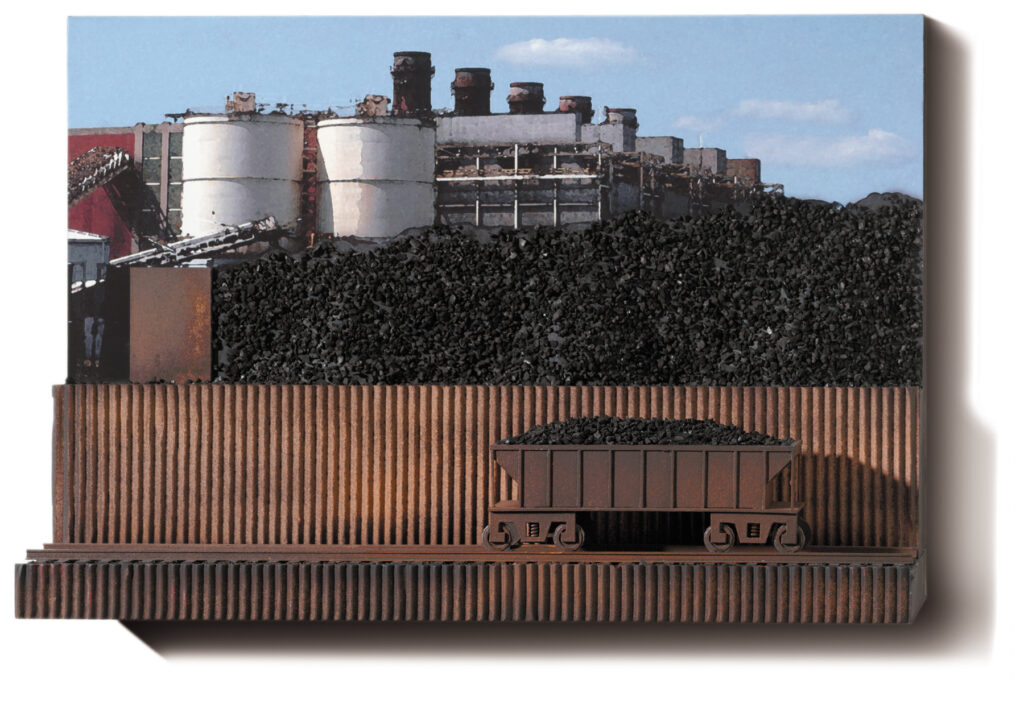
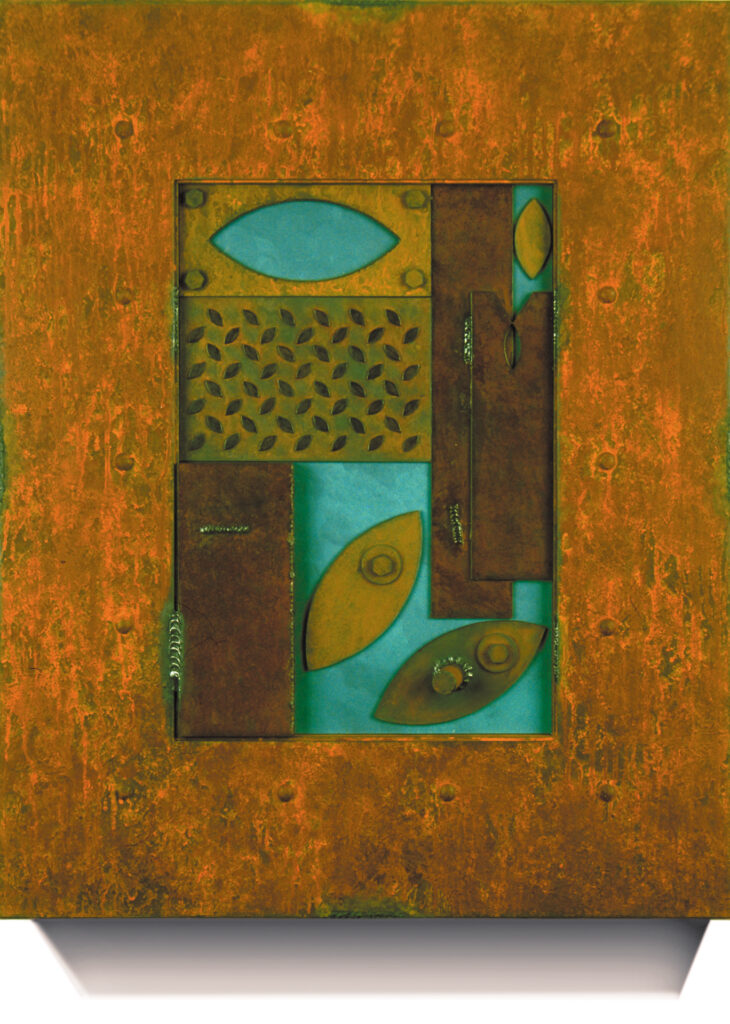
Aerial View – Shipyard & Drydock, 1994
Acrylic, graphite on illustration board
H. 21” L. 17” D. 2”
Industrial Augusta Souvenir, Abandoned Machine, 2003
Digital Print
H. 12” L. 16”
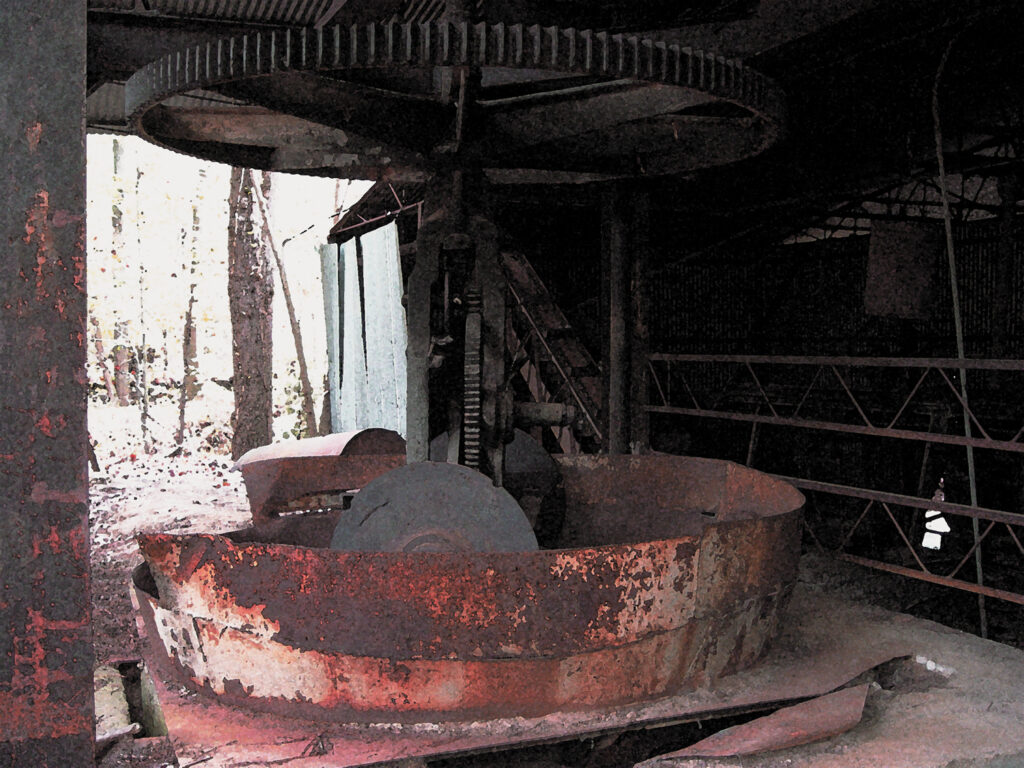

Blast Furnace Detail – 4705, 2003
Digital Print, enamel on illustration board
H. 20” L. 17” D. 1.25”
165 Ton Ladle, 1999
Acrylic, enamel on illustration board
H. 48” L. 40” D. 8”
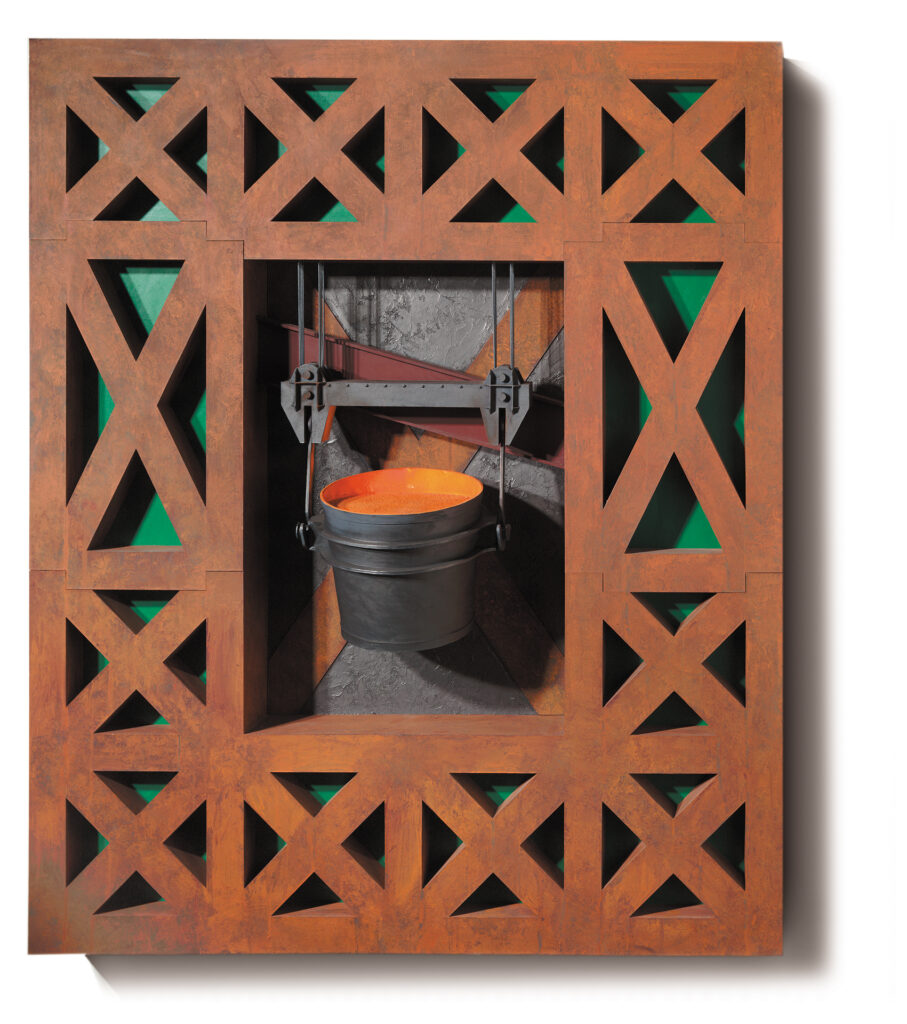
J a n o s E n y e d i’s
Made in America: the American Industrial Landscape – Reconstructed
was organized and presented by the National Museum of Industrial History
Bethlehem, Pennsylvania in association with the Smithsonian Institution.
The exhibition is presented through a generous contribution from Altria Group, Inc.
Additional support was provided by the AFL-CIO, private contributions and exhibiting institutions: Payne Gallery, Moravian College – Bethlehem, PA, The Morris Museum of Art – Augusta, GA, The Butler Institute of American Art – Youngstown, OH, The American Institute of Architects Headquarters – Washington, DC.
The Made in America Series is featured in this 32-page exhibit catalog.


